Diving in Nusa Penida
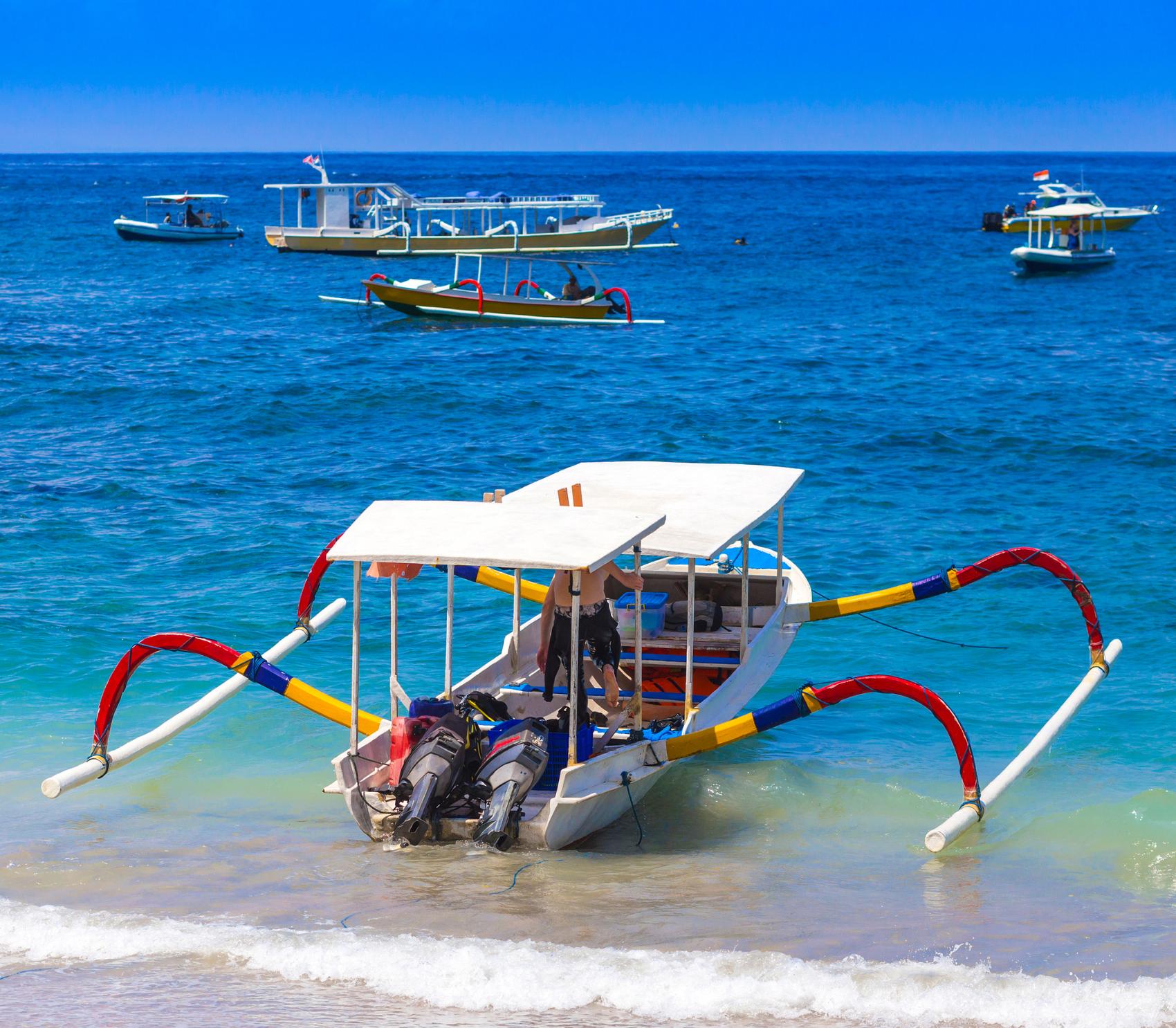
Just minutes from Bali, teeming with marine life
Nusa Penida is Bali’s top diving destination, offering stunning underwater experiences, easy access, and strong ocean conservation. It features dive sites for all levels—Crystal Bay for beginners and Toyapakeh for thrilling drifts. Manta rays are seen almost year-round at Manta Point, and sunfish appear July–October. With eco-certified centers, clear pricing, and fast connections from Bali, it’s a diver’s paradise.
Types of diving in Nusa Penida
- Drift Diving
- Reef Diving
- Ocean Diving
- Wall Diving
Choose your break by experience.
Nusa Penida’s underwater world offers both serene coral gardens and adrenaline-pumping drift dives, home to manta rays year-round and seasonal oceanic sunfish. As a Marine Protected Area since 2010, it hosts diverse marine life like butterflyfish, blacktip reef sharks, and flamboyant cuttlefish. With water temps between 23–28°C and strong currents, diving here is thrilling, beautiful, and best planned carefully.
Adventure and sea life wherever you go
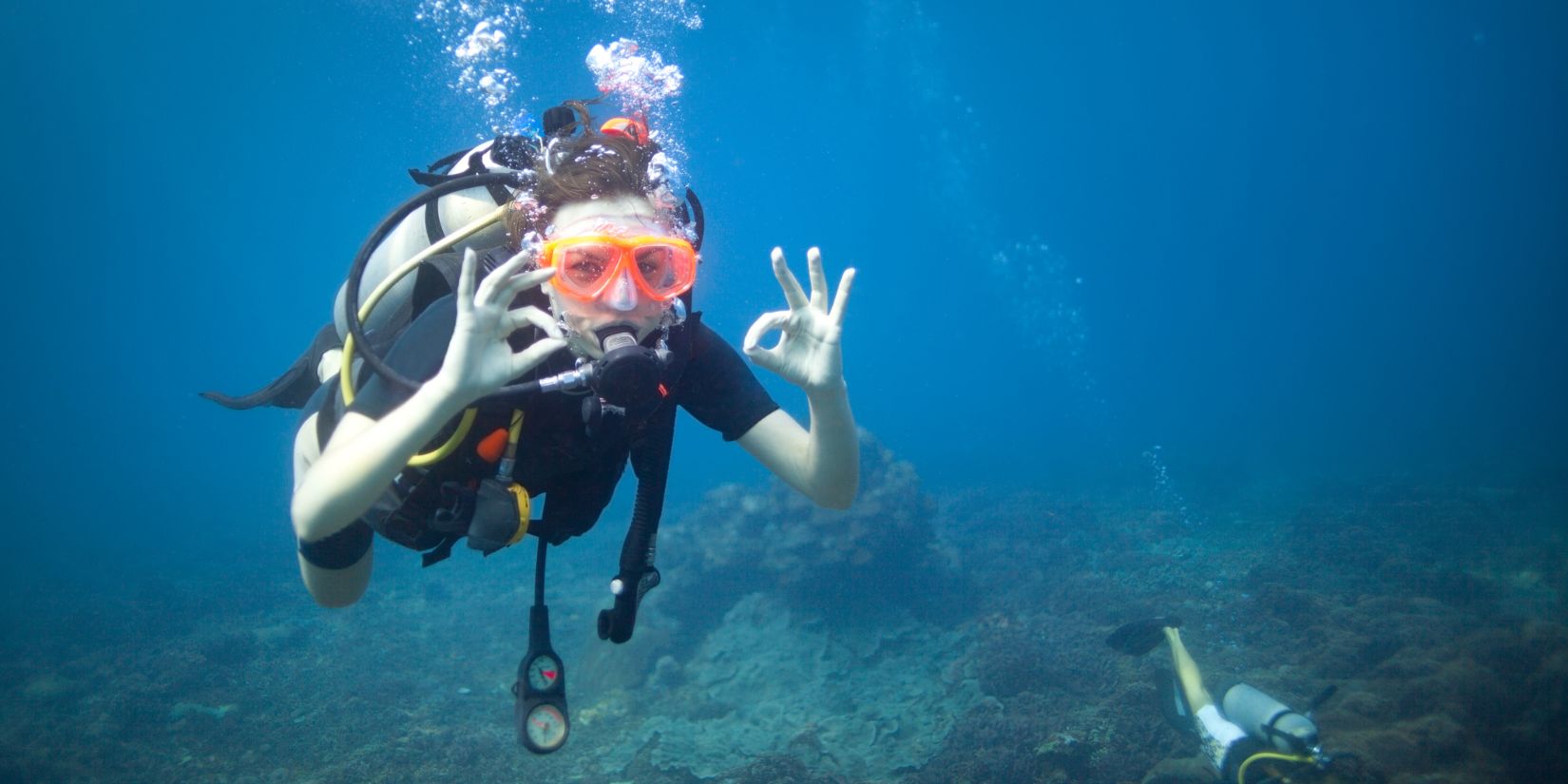
Nusa Penida is Bali’s top diving destination, offering stunning underwater experiences, easy access, and strong ocean conservation. It features dive sites for all levels—Crystal Bay for beginners and Toyapakeh for thrilling drifts. Manta rays are seen almost year-round at Manta Point, and sunfish appear July–October. With eco-certified centers, clear pricing, and fast connections from Bali, it’s a diver’s paradise.
Explore the best places to surf
Nusa Penida’s nutrient-rich waters, shaped by volcanic rock and ocean currents, create a vibrant marine haven. Four standout dive sites offer unique underwater experiences. Toyapakeh features eagle rays and vivid soft corals along its sloping reef. Manta Point delivers near-guaranteed manta sightings. The Labyrinth offers canyons and turtles for advanced divers, while Crystal Bay reveals Mola Mola and glowing comb jellies seasonally.
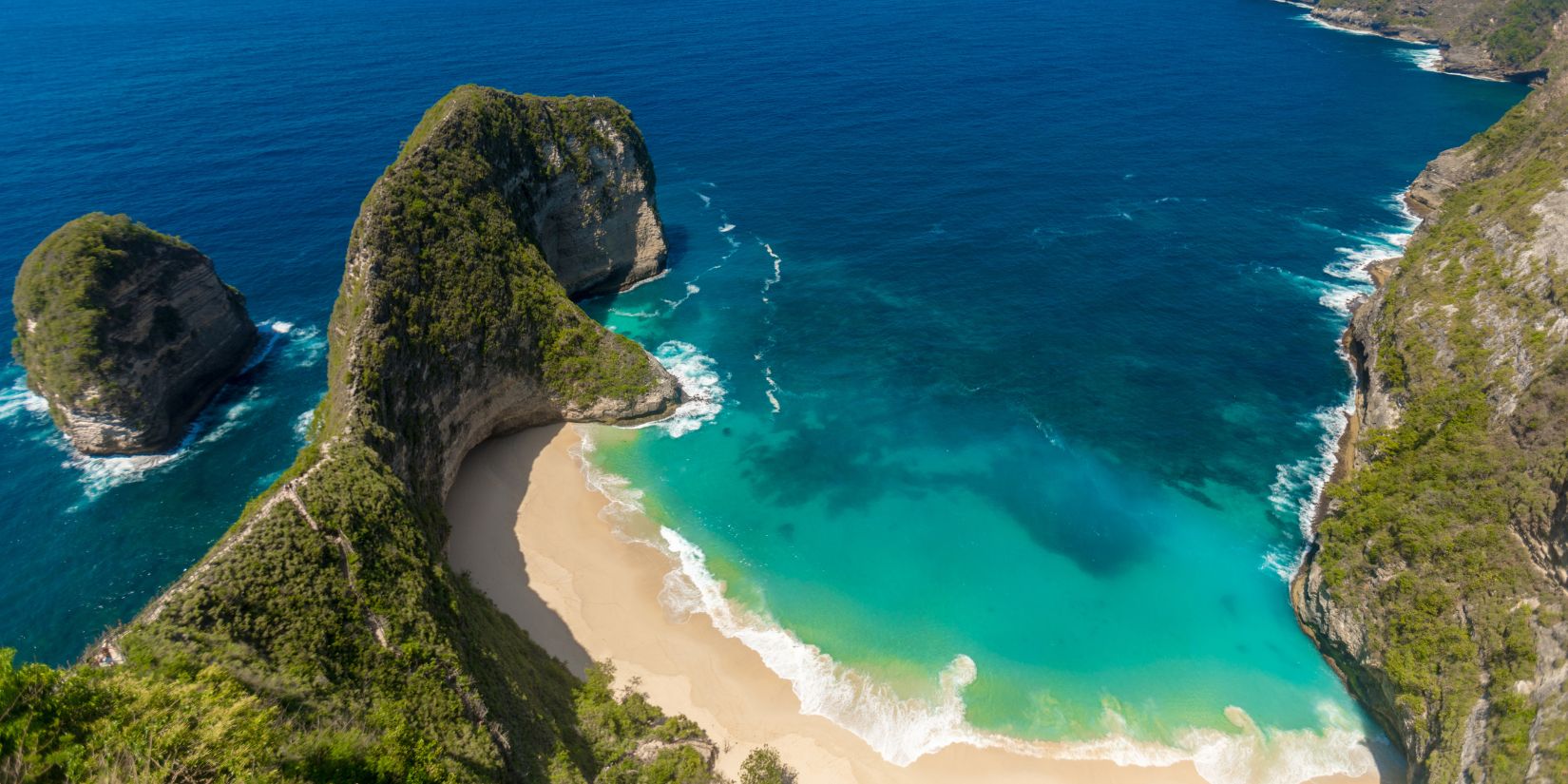
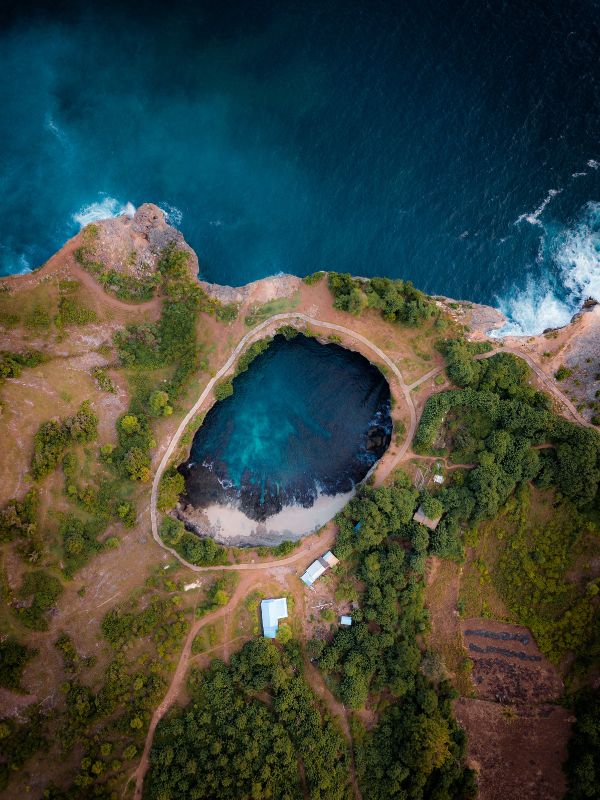
Beginner waves, pro guides
Explore Toyapakeh’s sloping reef, where you’ll find giant trevally and ribbon eels in crevices. The reef’s swim-throughs are like highways for eagle rays. With 25-meter visibility, you can see purple soft corals swaying in the current. Pyramid butterflyfish dart between table corals at 18 meters. It’s a great spot for photographers.
Types of dives:
- Drift
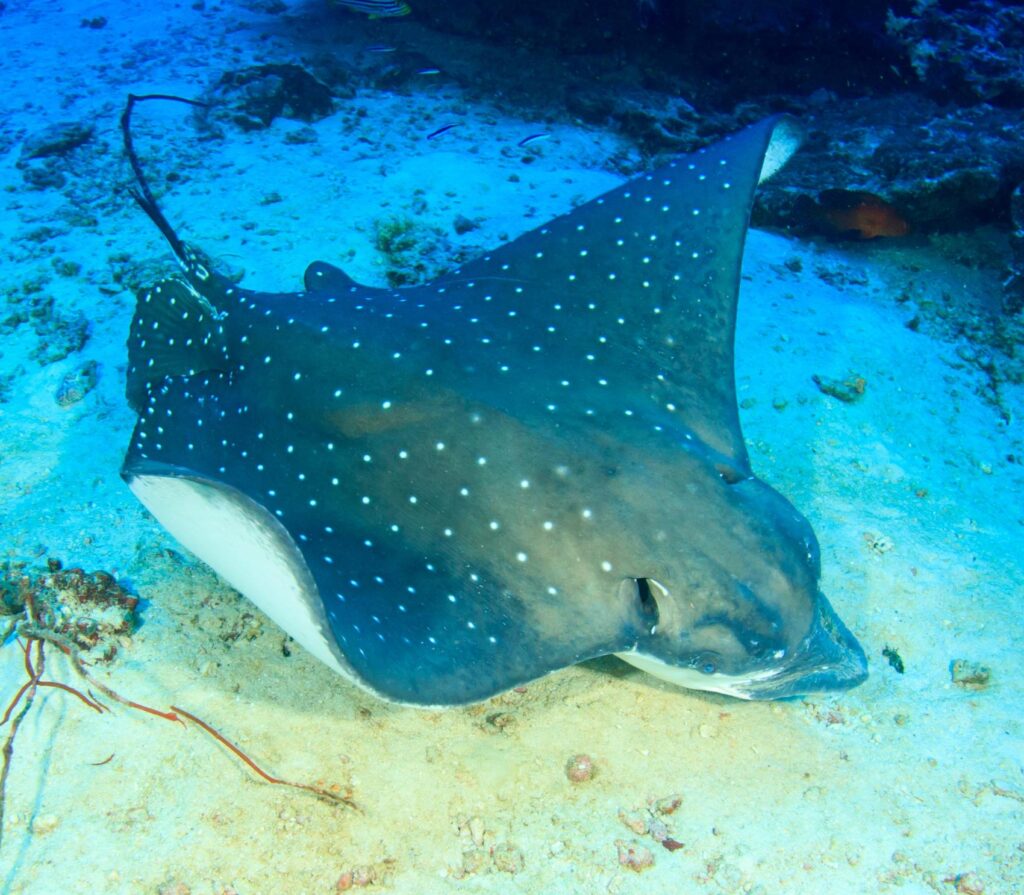
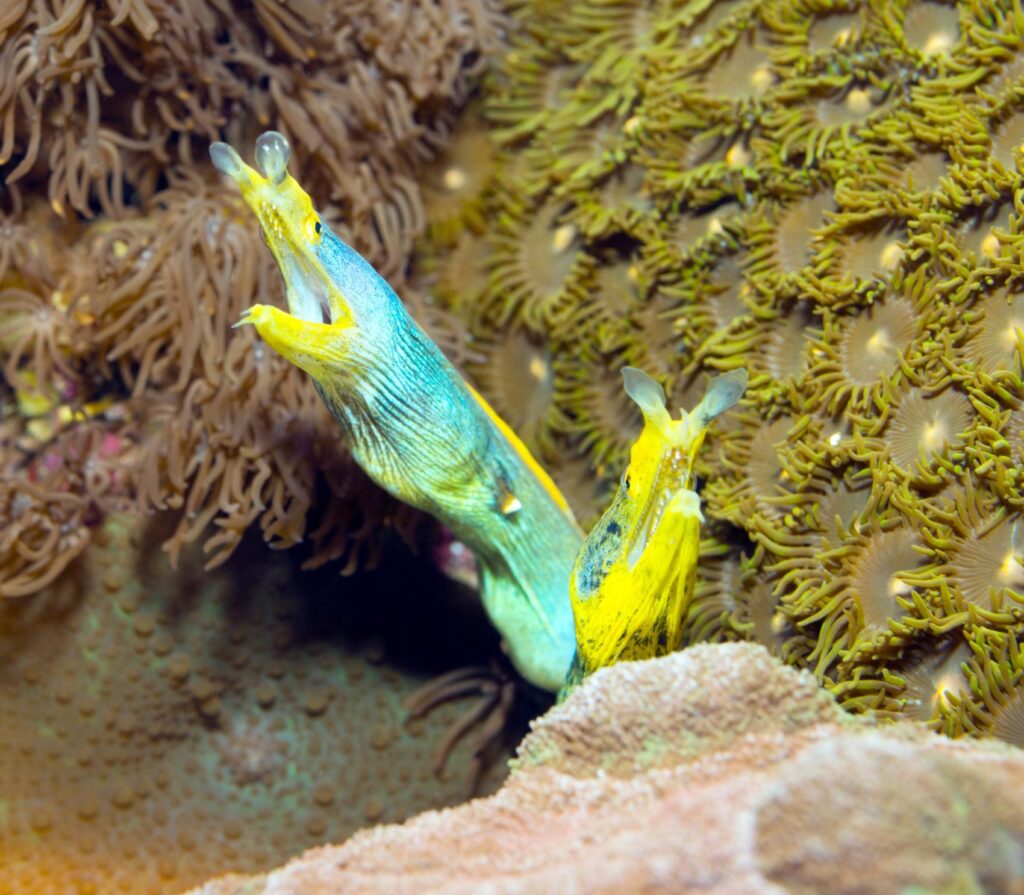
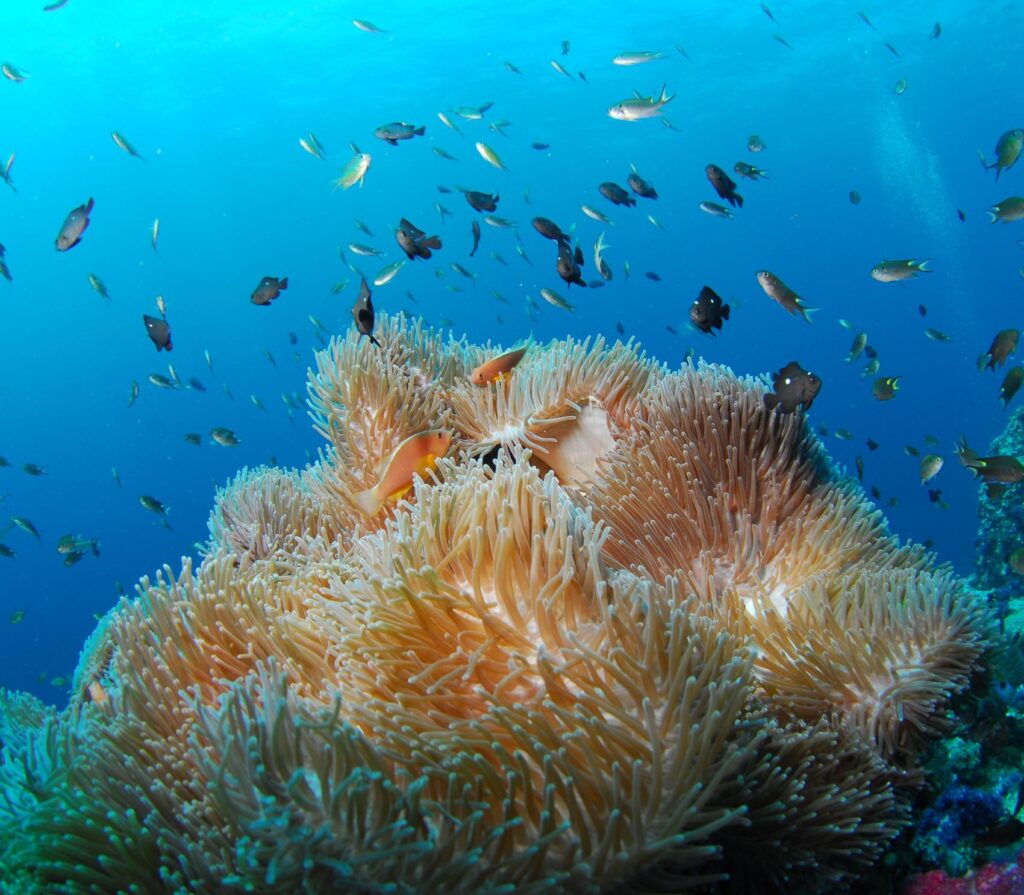
Smooth rides and fast lefts
At Manta Point, manta rays do loops above you. Dive here before 8 AM to avoid the crowds. You’ll see 4-meter-wide mantas near rocky outcrops. The site is 12-18 meters deep, perfect for divers with 20+ dives. Guides often show you remora fish riding on manta bellies.
Types of dives:
- Reef
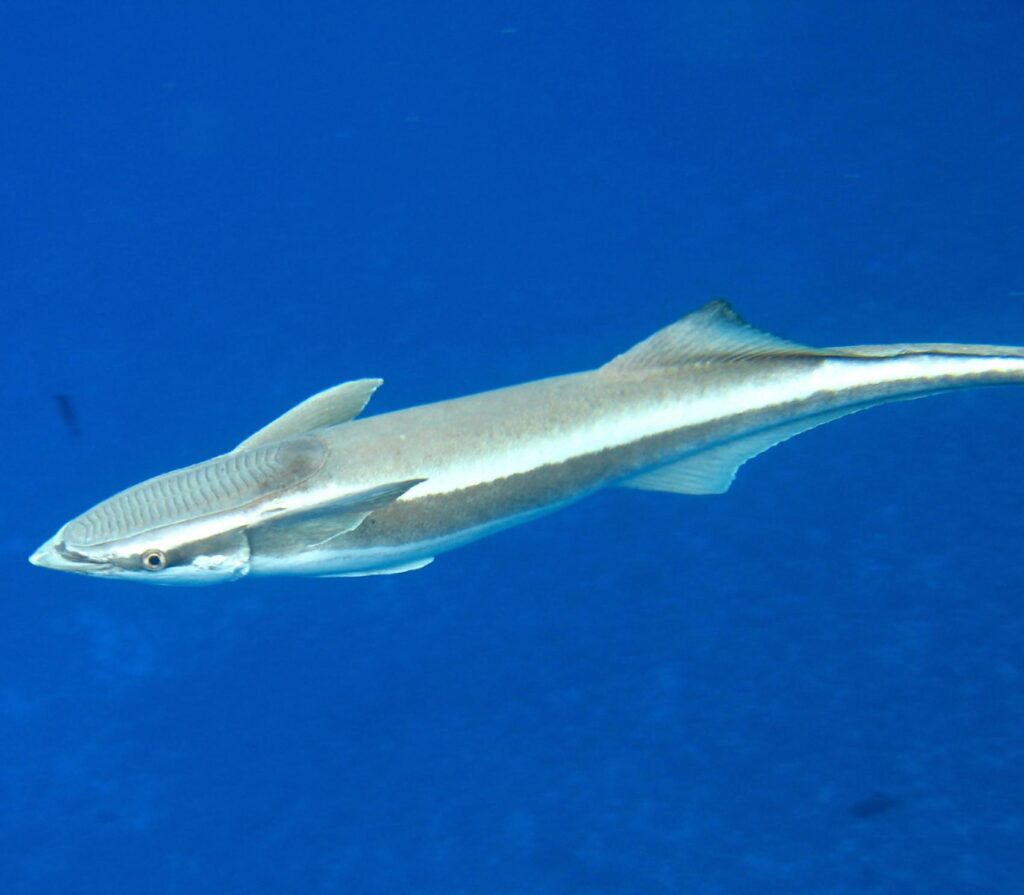
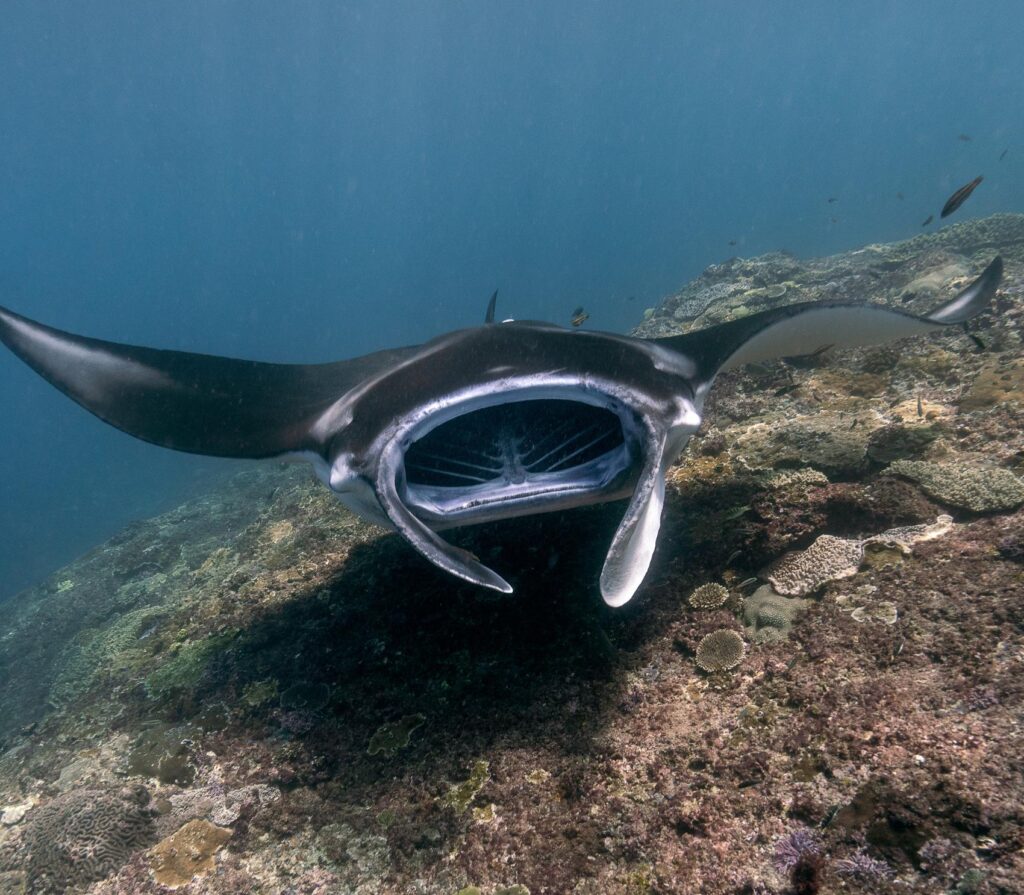
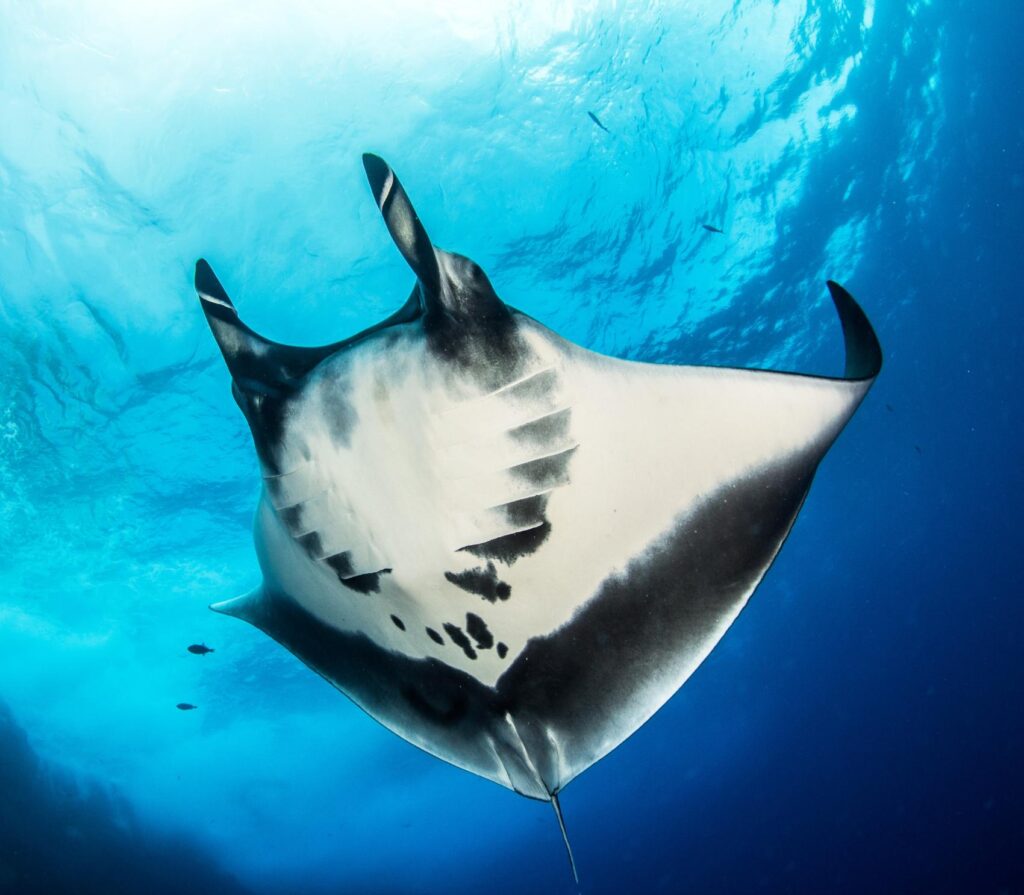
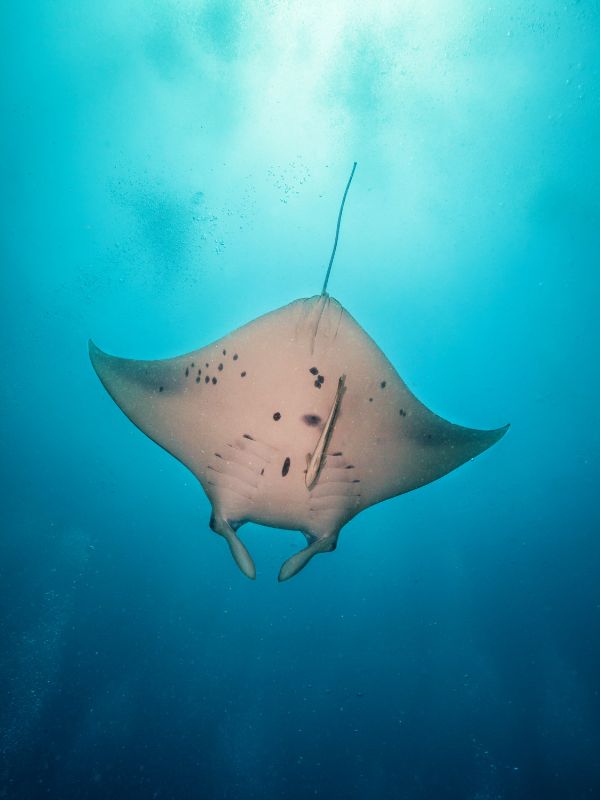
Mid-tide peaks with chill Kuta vibes
Advanced divers will love the Labyrinth’s canyons. Here, thermoclines cause sudden temperature drops. You’ll see purple anthias and hawksbill turtles grazing on sponges. Depth here reaches 30 meters. Keep your dive computer ready. The site’s rock maze is visible during westward drifts.
Types of dives:
- Reef
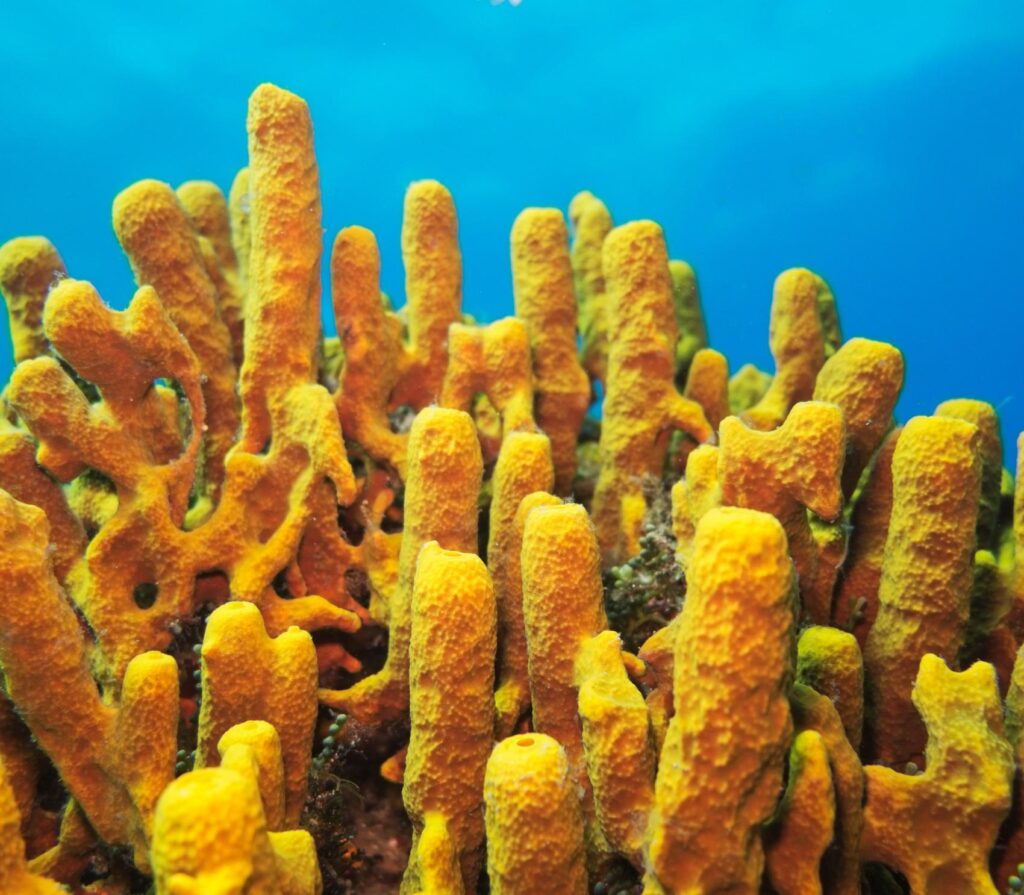
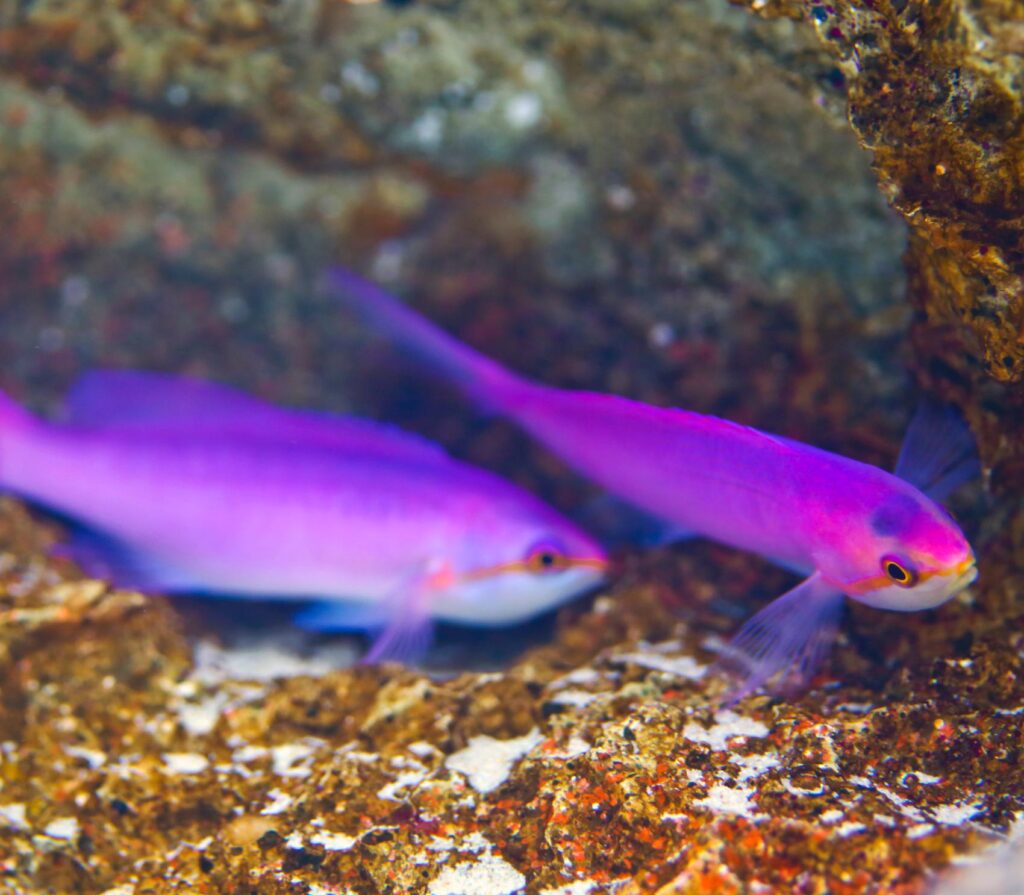

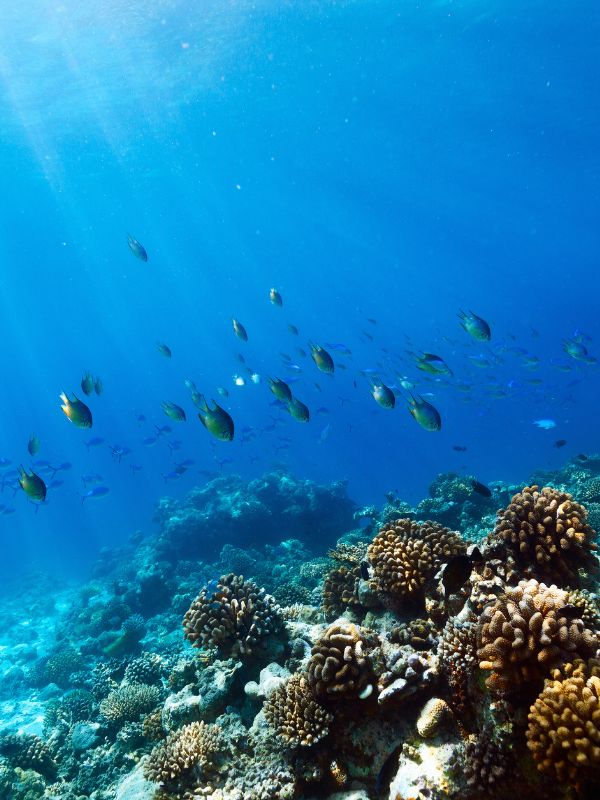
Barreling drops for thrill seekers
Crystal Bay is a sheltered cove with hard corals. From July to October, it’s home to Mola Mola. During safety stops, look down to see sunfish near 30-meter drop-offs.
Night divers can spot bioluminescent comb jellies here. They create underwater constellations.
Types of dives:
- Reef


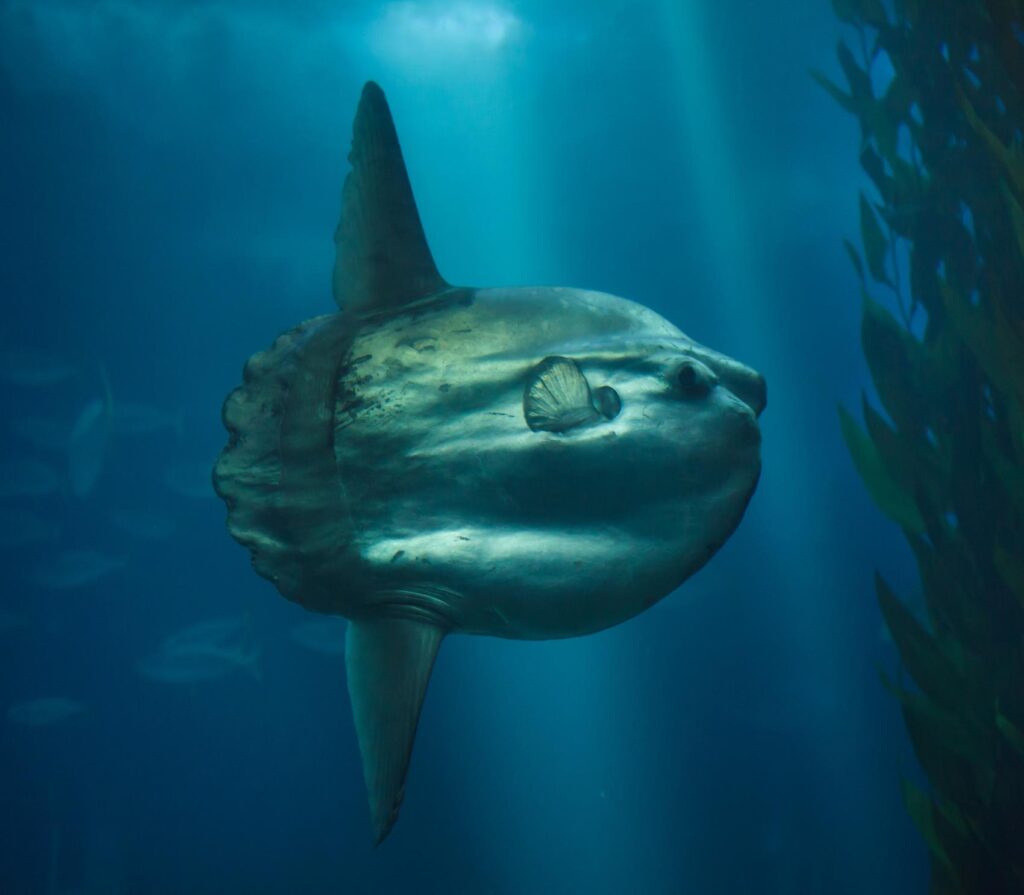

Advanced drift dives and volcanic cliffs
Divers looking for something new will love Batu Nunggul. It’s off the beaten path, northeast of Nusa Penida’s main harbor. This spot offers advanced drift dives, strong currents, and deep volcanic walls. Expect gorgonian fans, dogtooth tuna, and bumphead parrotfish. Boats use tide-based routes. After diving, check the maps onboard and chat with your instructor about tomorrow’s plan.

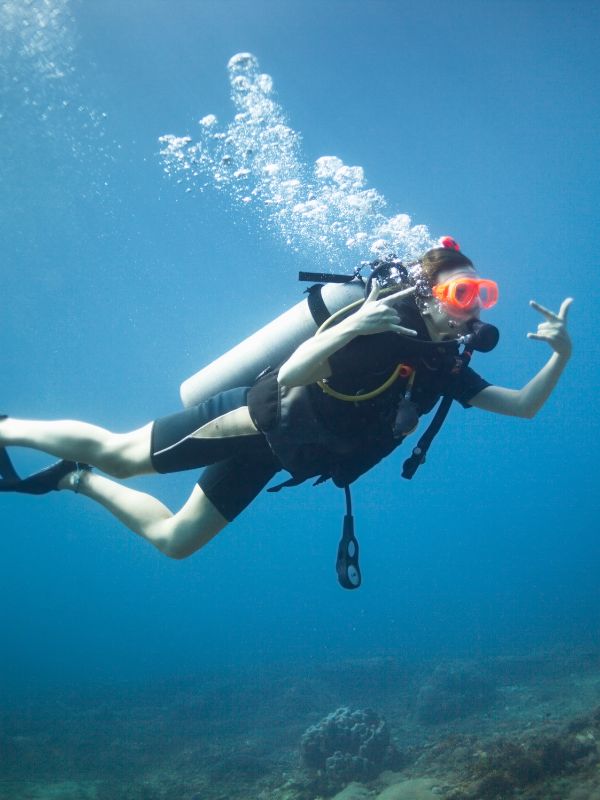
Mix of mellow and sharp waves
Sampalan is great for beginners or those looking to brush up their skills. It’s a sheltered bay with a lively octopus colony. You’ll find coral bommies at 8-15m depths. It’s the house reef for many diving operators. You can easily get there from the shore. The calm waters are perfect all year round. Keep an eye out for blue-spotted stingrays. They glide across the sandy bottom between dives.
Types of dives:
- Reef
- Drift
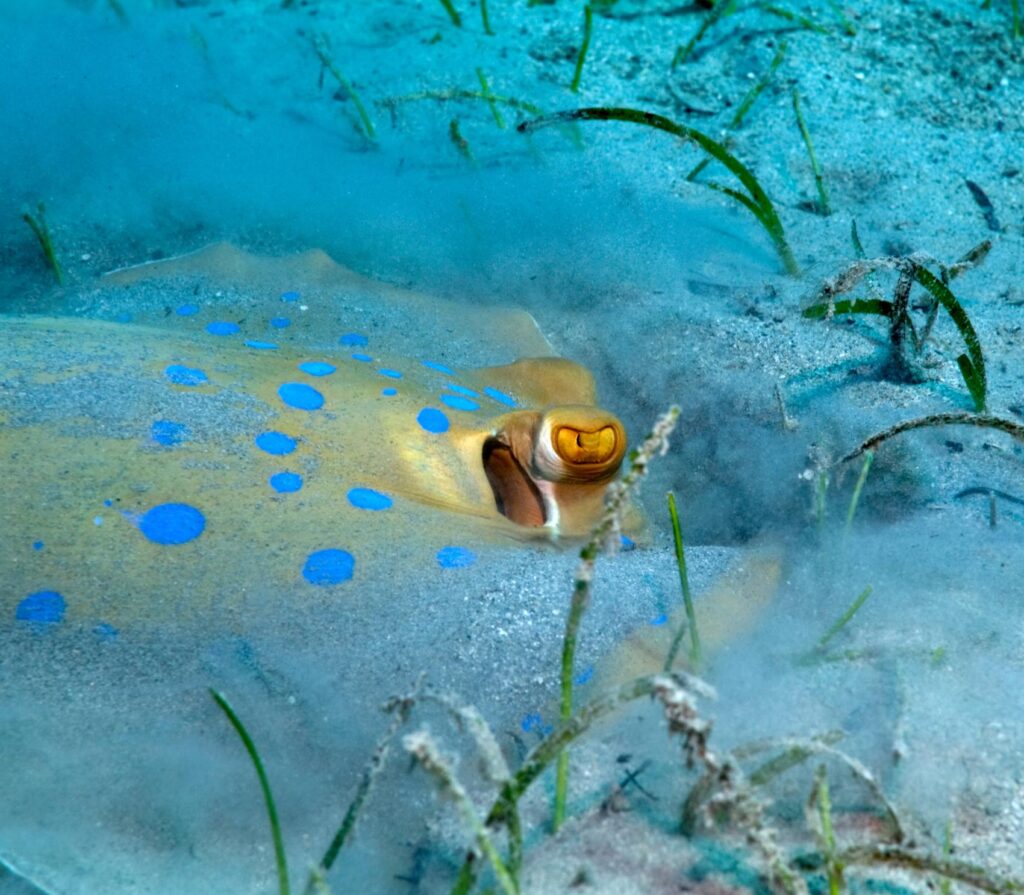
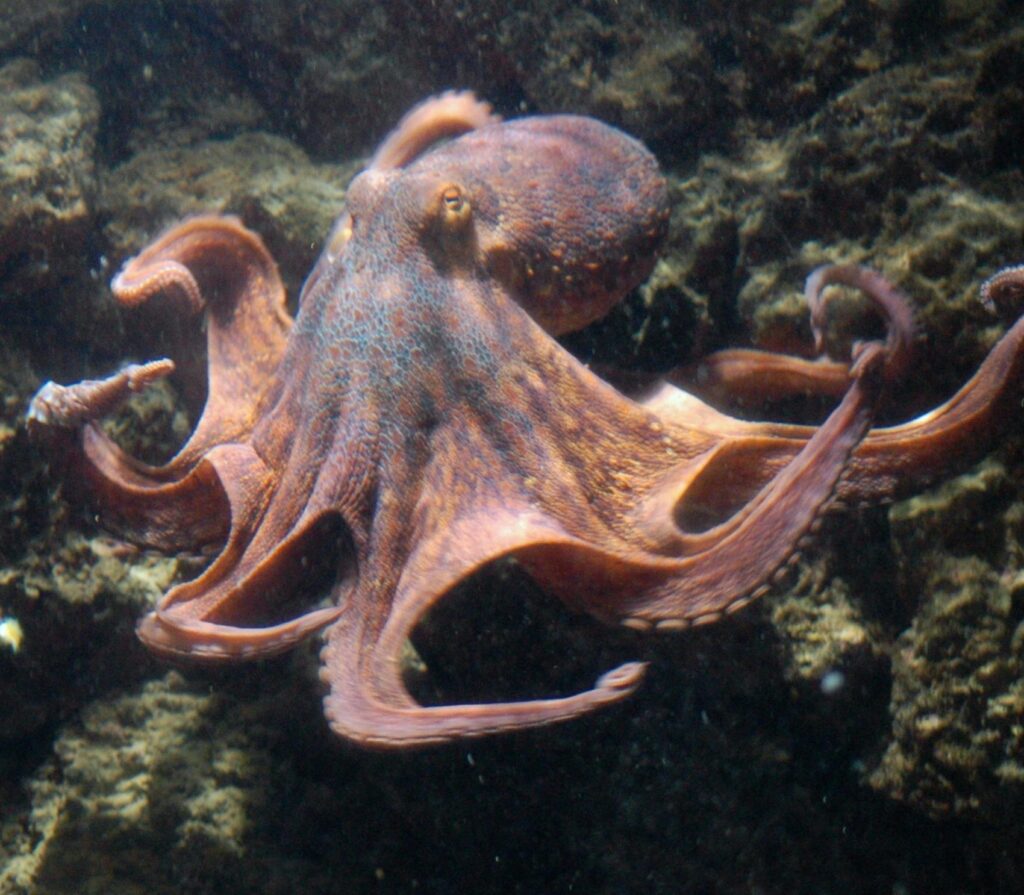

Chill surf meets coastal culture
Batu Nunggul is a challenging dive with strong currents. The dive site is a volcanic wall with gorgonian fans. You’ll see dogtooth tuna passing by. Experienced divers dive to 18-30m. They watch for schooling bumphead parrotfish. For longer dives, rent 15L tanks (+50K IDR). Local dive boats use up-to-date maps. They adjust their routes based on tidal data. Certified guides recommend nitrox certifications and reef hooks. They help manage the currents. Rent GoPro mounts to capture fast-moving fish.
After diving, check your route on the boat’s maps. Discuss plans for the next day with the instructor.
Types of dives:
- Drift
- Reef
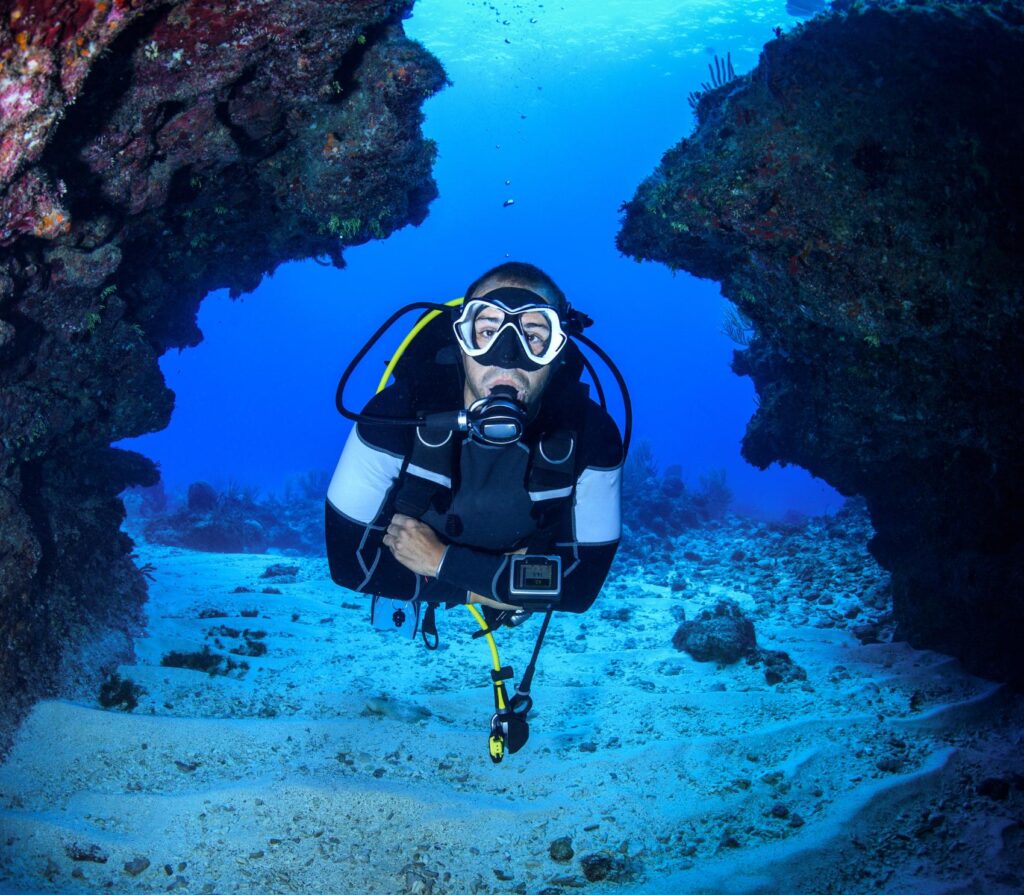


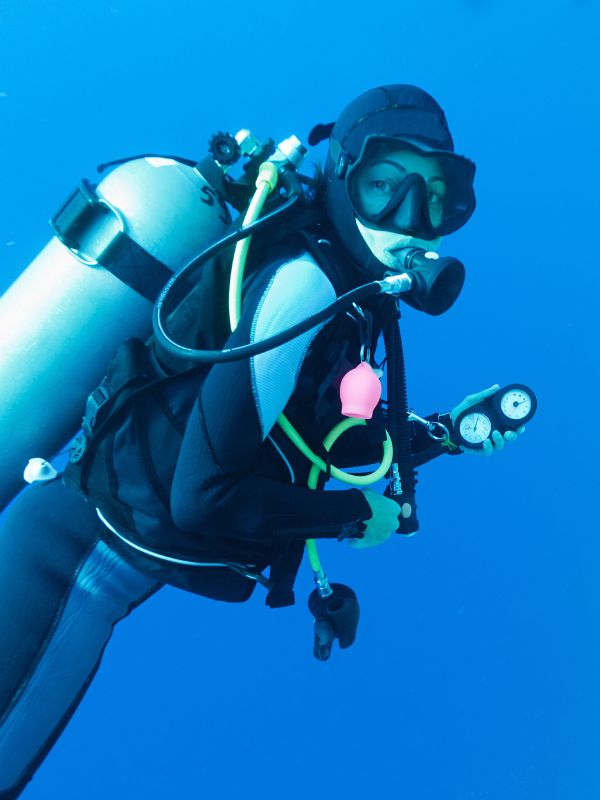
Safe coral bays perfect for beginners
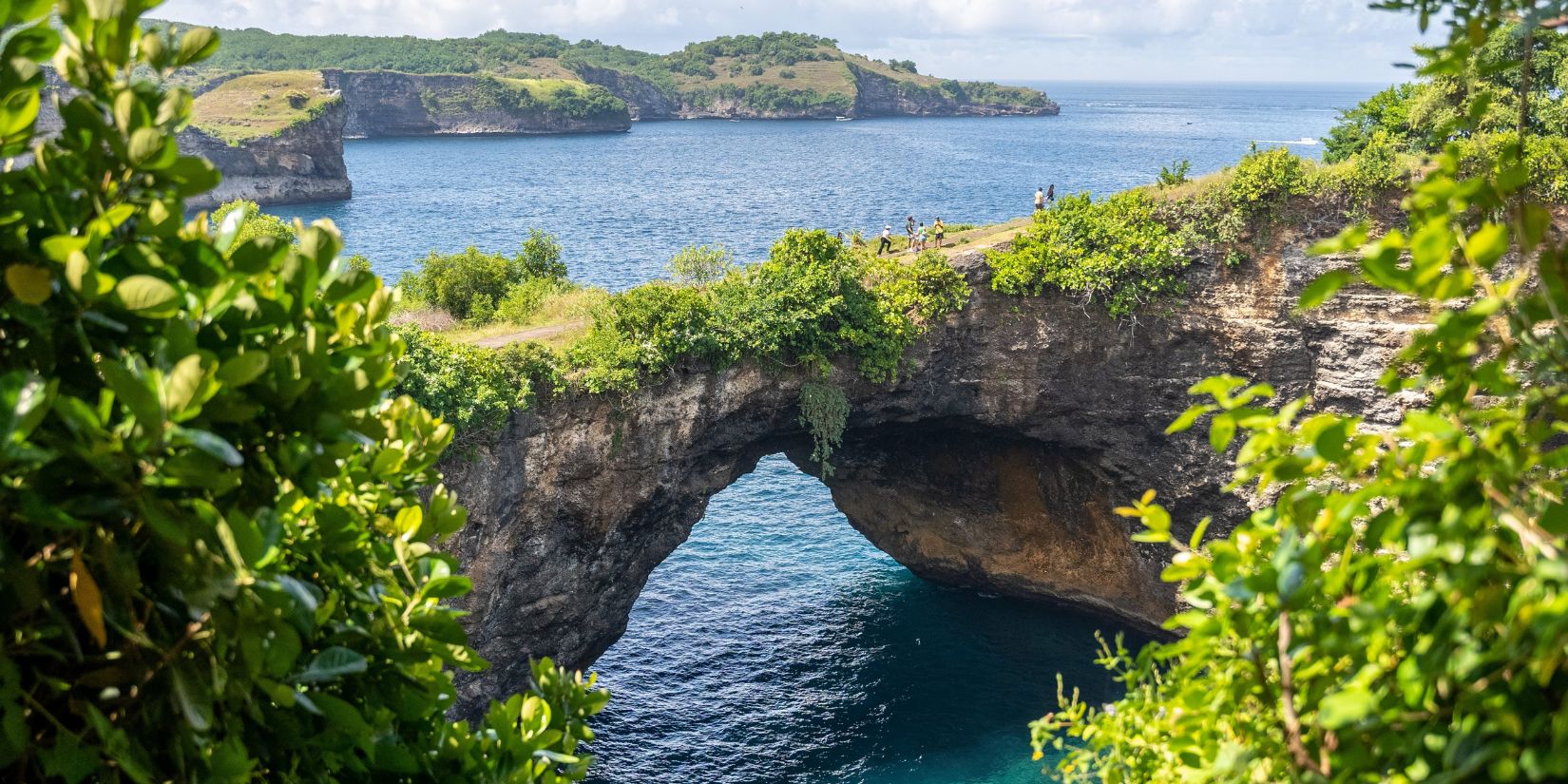
Three reasons divers choose Karang Sari
- Guaranteed manta ray sightings at nearby cleaning stations
- Gradual depth progression from 5m to 18m+
- Same-day access to four distinct marine ecosystems
- Feature: Sheltered Bays
- Beginner Benefit: Stress-free skill practice
- Advanced Bonus: Macro photography hotspots
- Feature: Hard Coral Gardens
- Beginner Benefit: Buoyancy training terrain
- Advanced Bonus: Species observation posts
- Feature: Current Channels
- Beginner Benefit: Intro to drift principles
- Advanced Bonus: Pelagic encounter gateways
Morning dives might show you mobula rays in sapphire waters. Afternoon dives focus on safety stops. Karang Sari is close to Nusa Penida’s manta highways. It’s exciting yet peaceful for learning.
Fast-paced drifts and stingray hideouts
Sampalan is a favorite for Nusa Penida dive lovers. Drift along underwater highways carved by strong currents. At PMG, glide through bannerfish and bommies hiding stingrays. Sampalan Drift thrills with manta fly-bys, especially from November to April. Tugu Pinnacles rise from 30m, home to reef sharks and barracuda. Dive guides time entries with the tides—making every dive feel like a wild, moving reef safari.
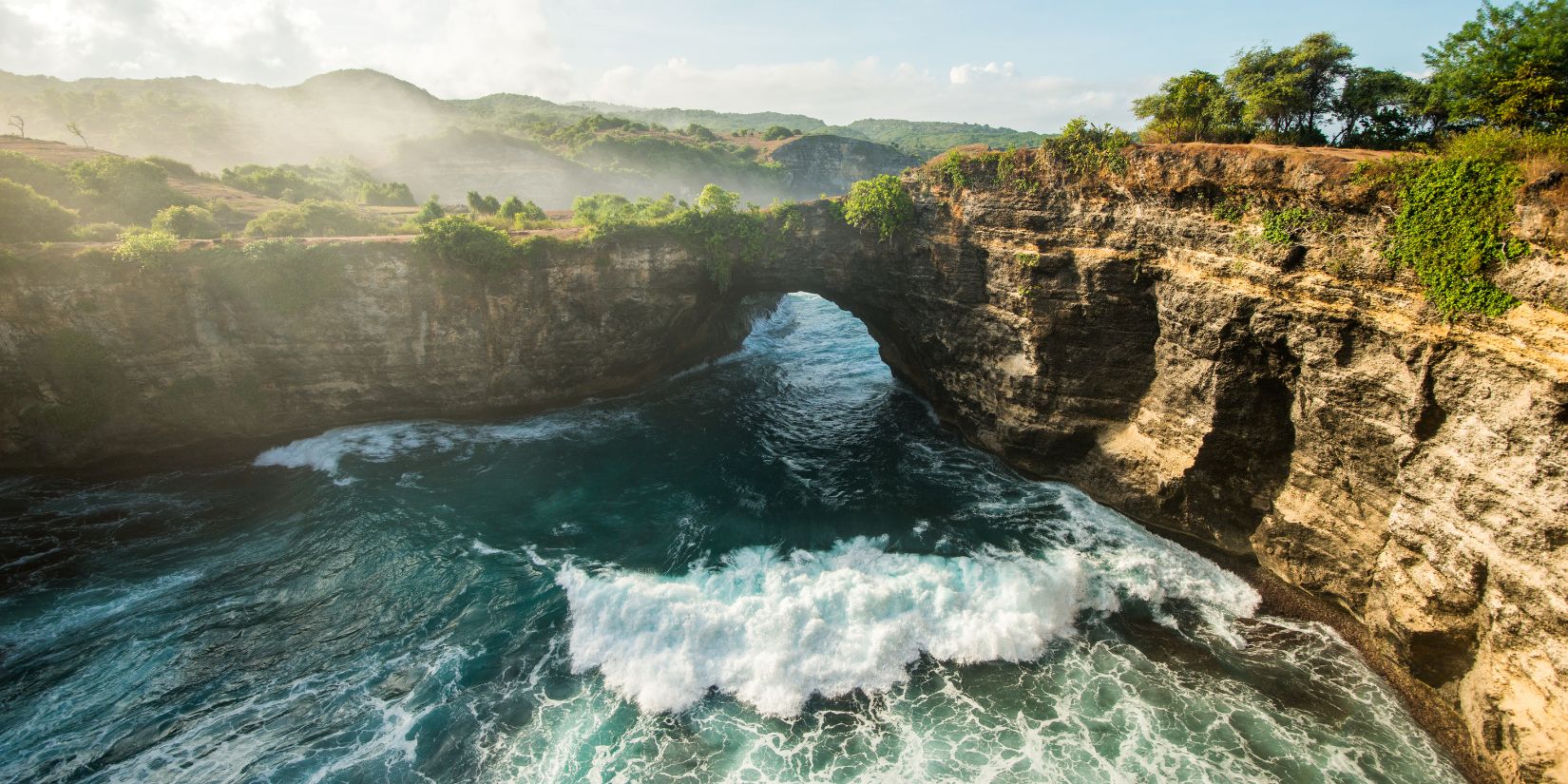

At PMG, dive through yellow bannerfish around volcanic rocks. Coral bommies offer swim-throughs for blue-spotted stingrays. Look for Chromodoris willani nudibranchs in the reef’s shadows.
Types of dives:
- Reef
- Drift


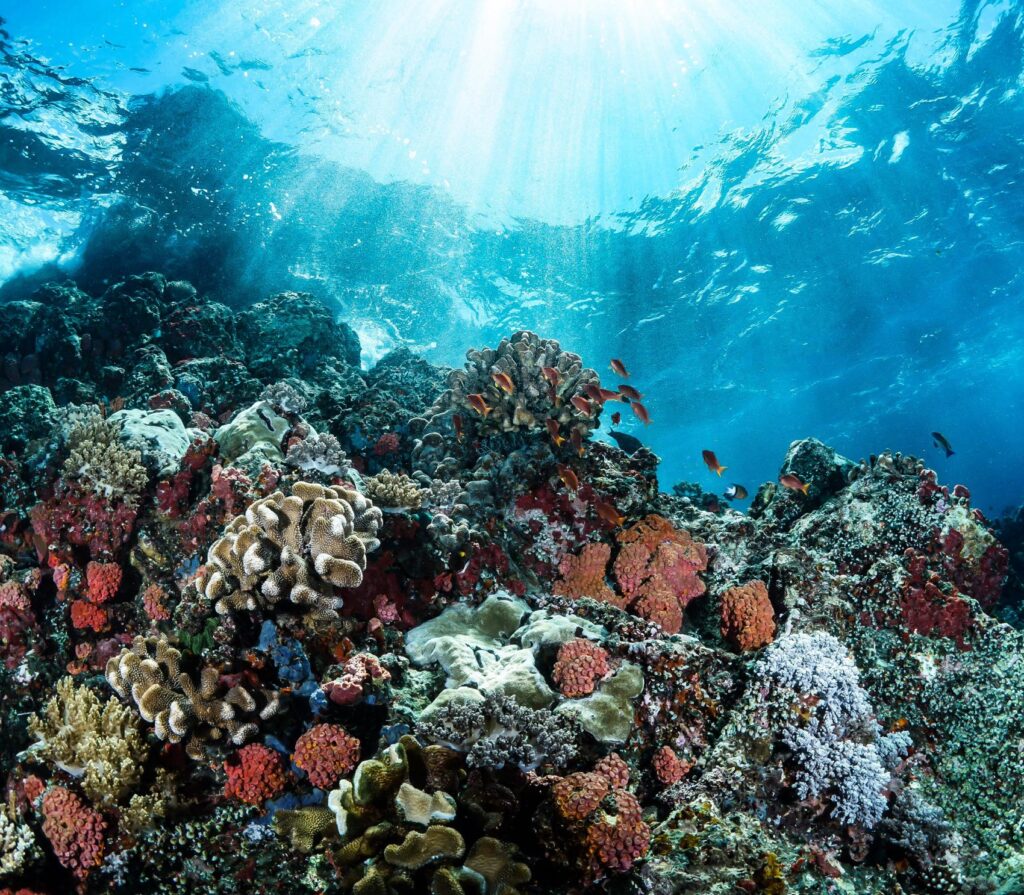
Get ready for a thrilling drift dive experience. Currents of 2-3 knots carry you past manta rays. Dive guides plan entries with the tides for the best views. From November to April, see manta rays 85% of the time, says local operators.
Types of dives:
- Drift
- Reef

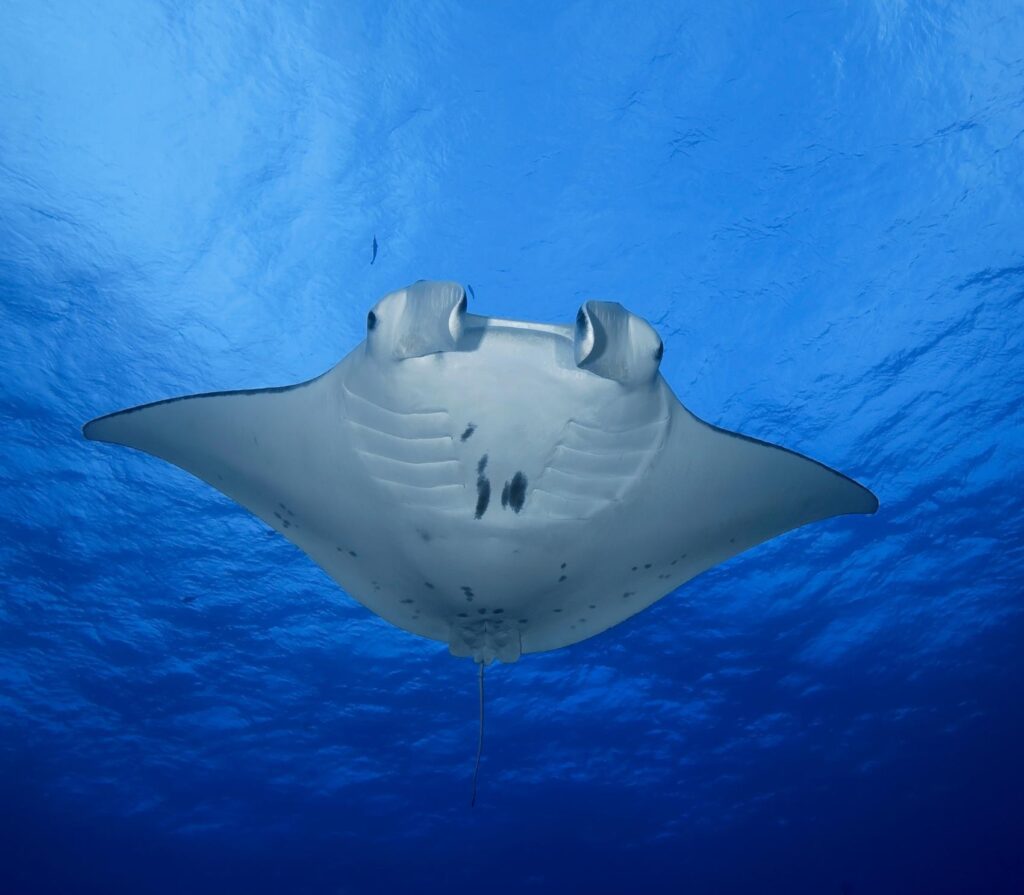
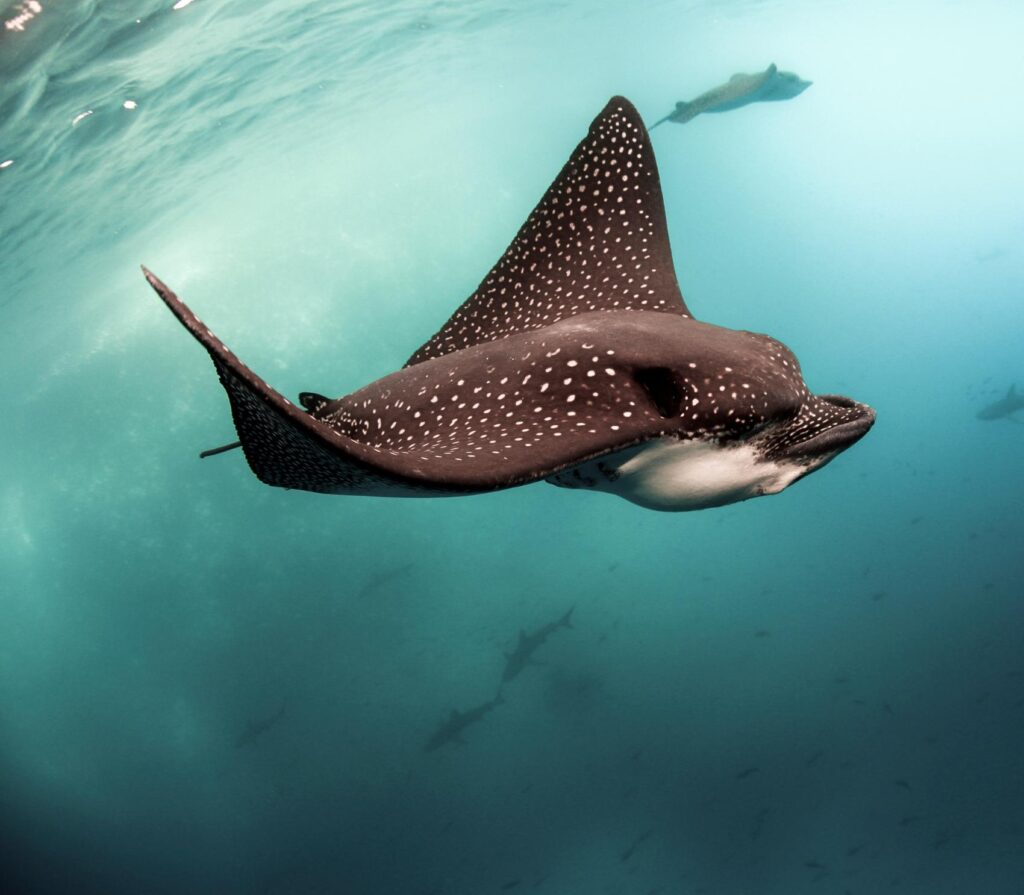
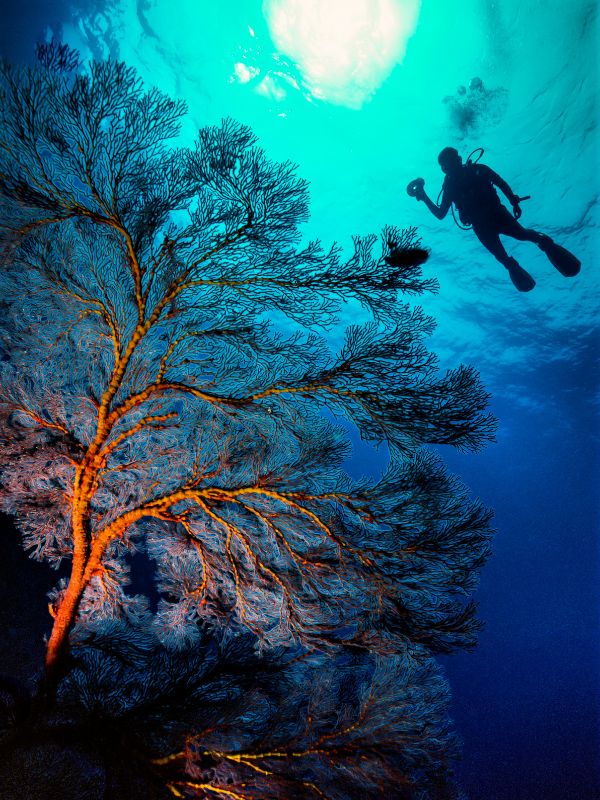
Two granite towers rise from 30m, attracting white-tip reef sharks. The eastern pinnacle is home to chevron barracuda. At night, find Hemiscyllium halmahera walking sharks at the western base.
Types of dives:
- Drift
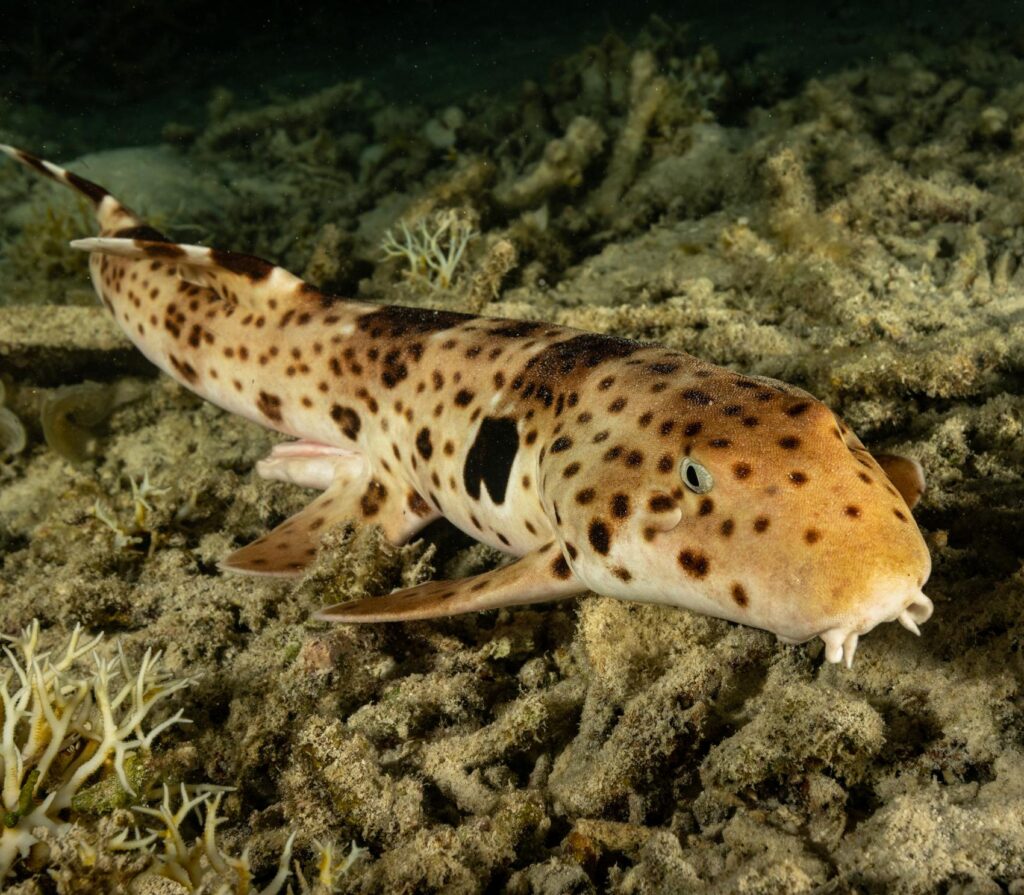


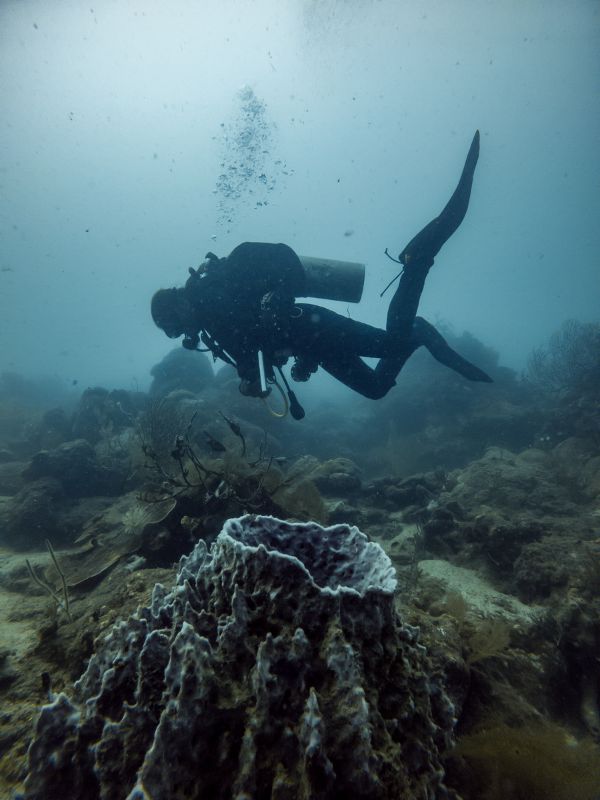
Coral gardens teeming with life
Suana’s Semaya dive site is a hidden gem on Nusa Penida’s southeast coast. Massive coral gardens, plate corals, and soft coral blooms set the scene. Expect turtles, reef sharks, and pygmy seahorses in plain sight. With 10–25m depths and steady currents, it suits most divers. Pair it with Crystal Bay for contrast. Quiet, colorful, and full of life, Semaya feels like a secret lesson in nature’s design.
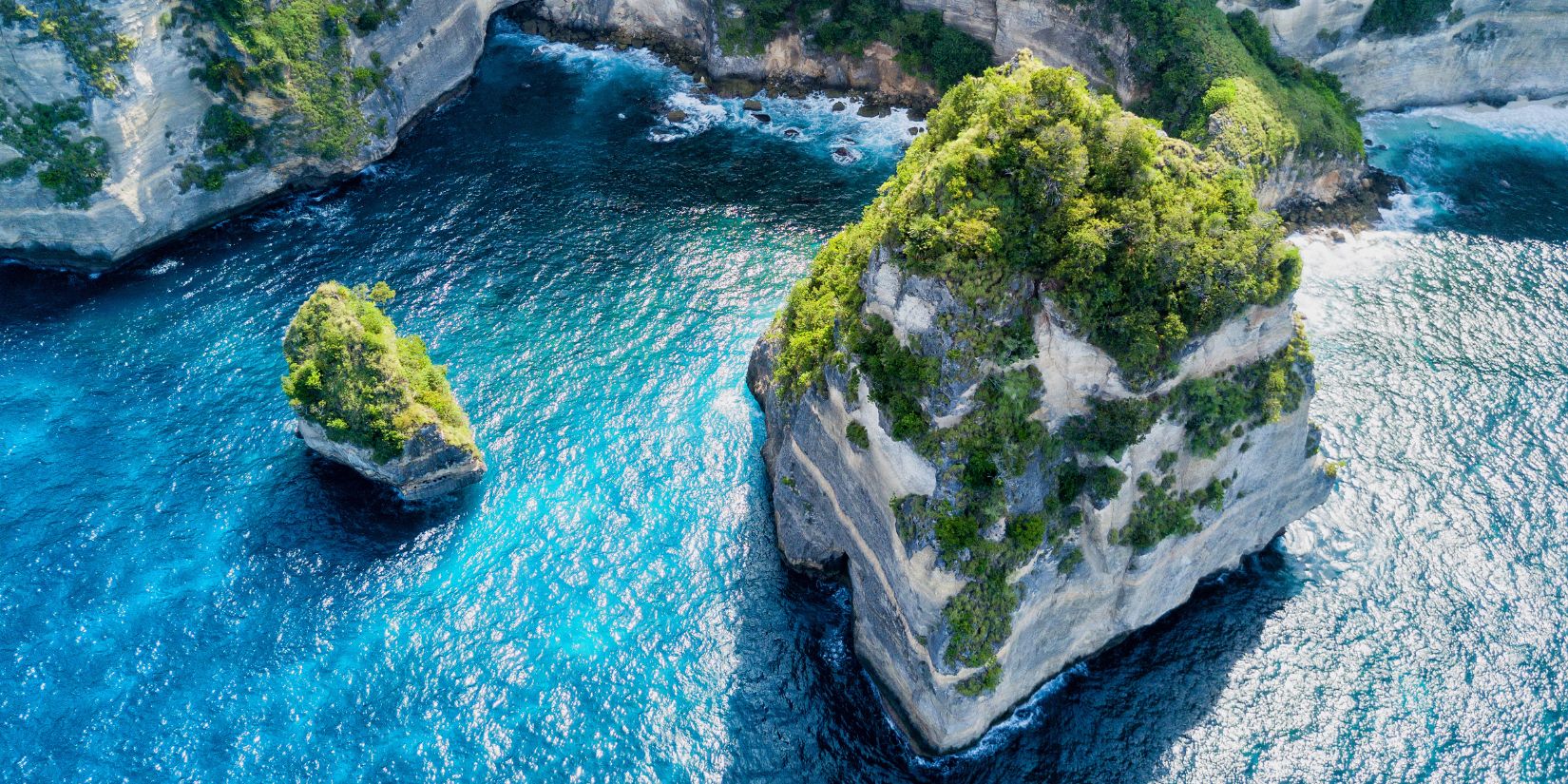
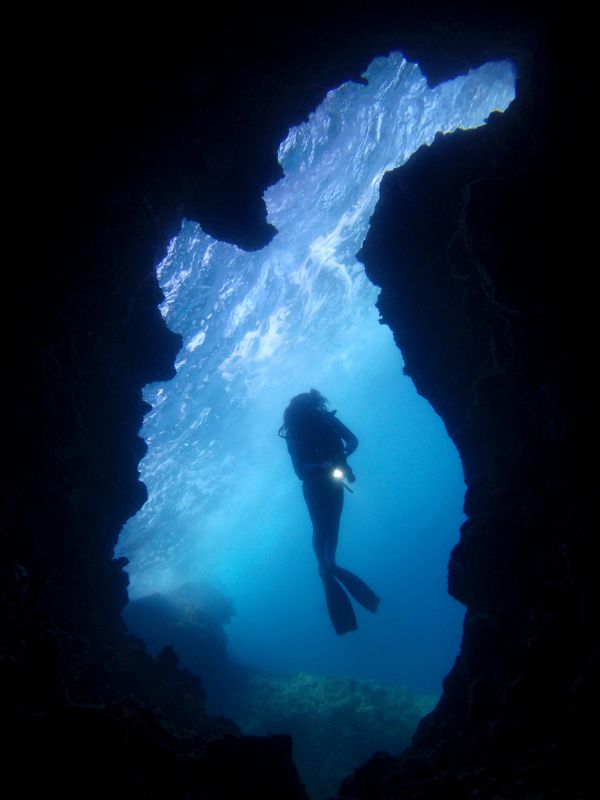
Dive Site
The coral gardens at Semaya are teeming with life; turtles glide past whitetip reef sharks, soft corals shine, and plate corals create underwater arenas. Hidden magic is added by cuttlefish and pygmy seahorses. Although currents demand competence, it’s perfect for all skill levels with depths between 10 and 25 meters. For contrast, pair it with Crystal Bay. Semaya is a true gem of Nusa Penida. Quiet, abundant in biodiversity, and a reminder of the importance of sustainable diving.
Types of dives:
- Reef
- Drift
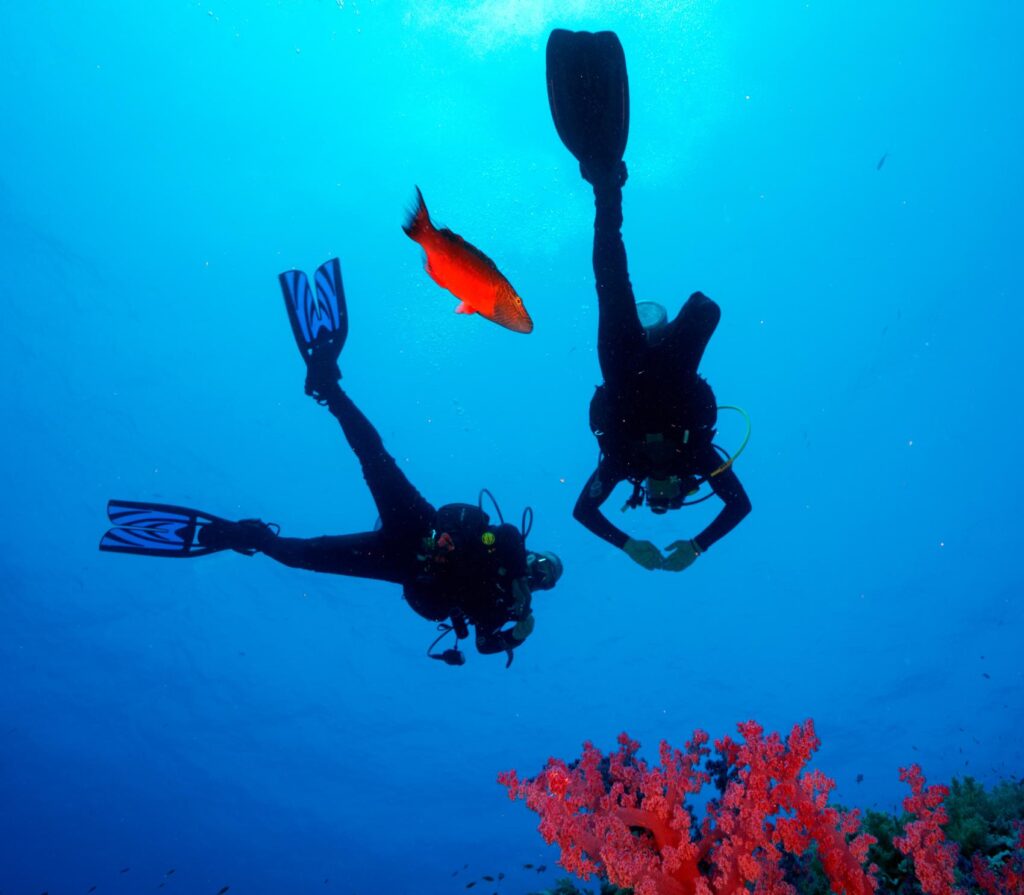
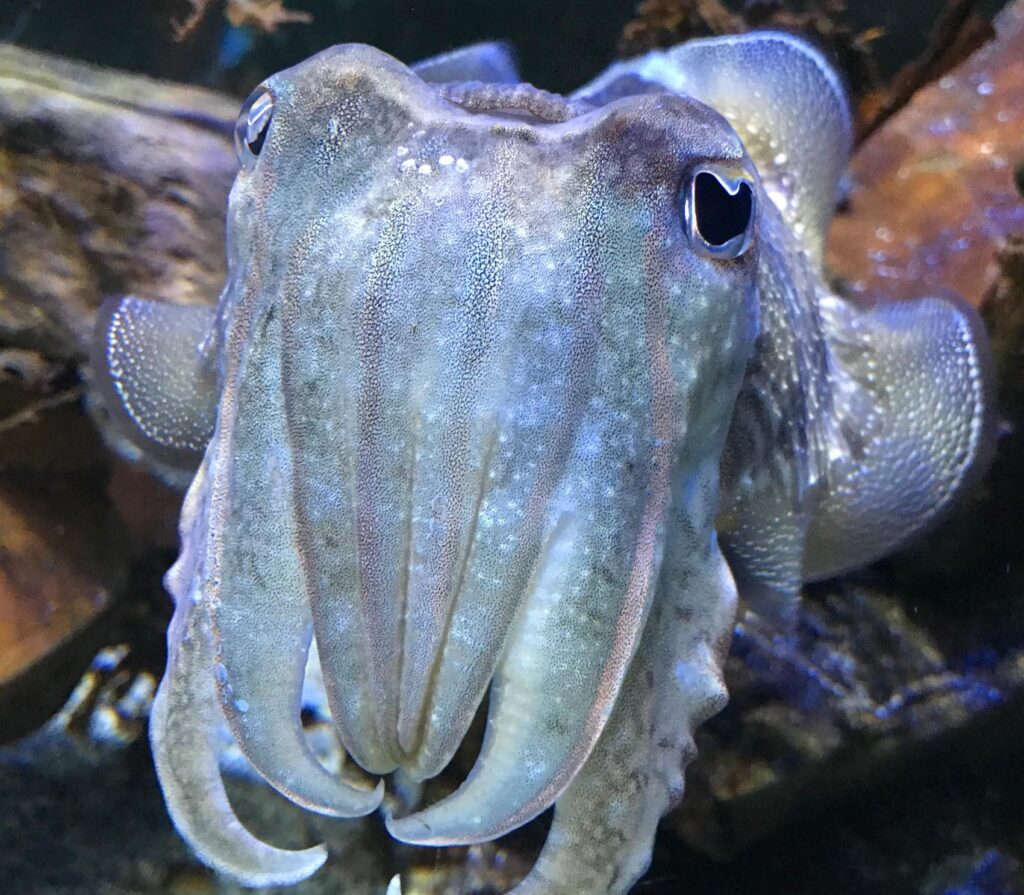

Deep drop and strong currents
Ceningan Wall is one of Nusa Penida’s wildest dive spots, dropping straight down 45 meters. The strong currents feel like a water rollercoaster, so divers learn the “Ceningan Shuffle”, a quick fin kick to keep steady. You’ll spot fast-moving fish like trevally and eagle rays. To dive here, you need advanced training and a safety check. Go at slack tide when the water’s calm and clear for the best view.
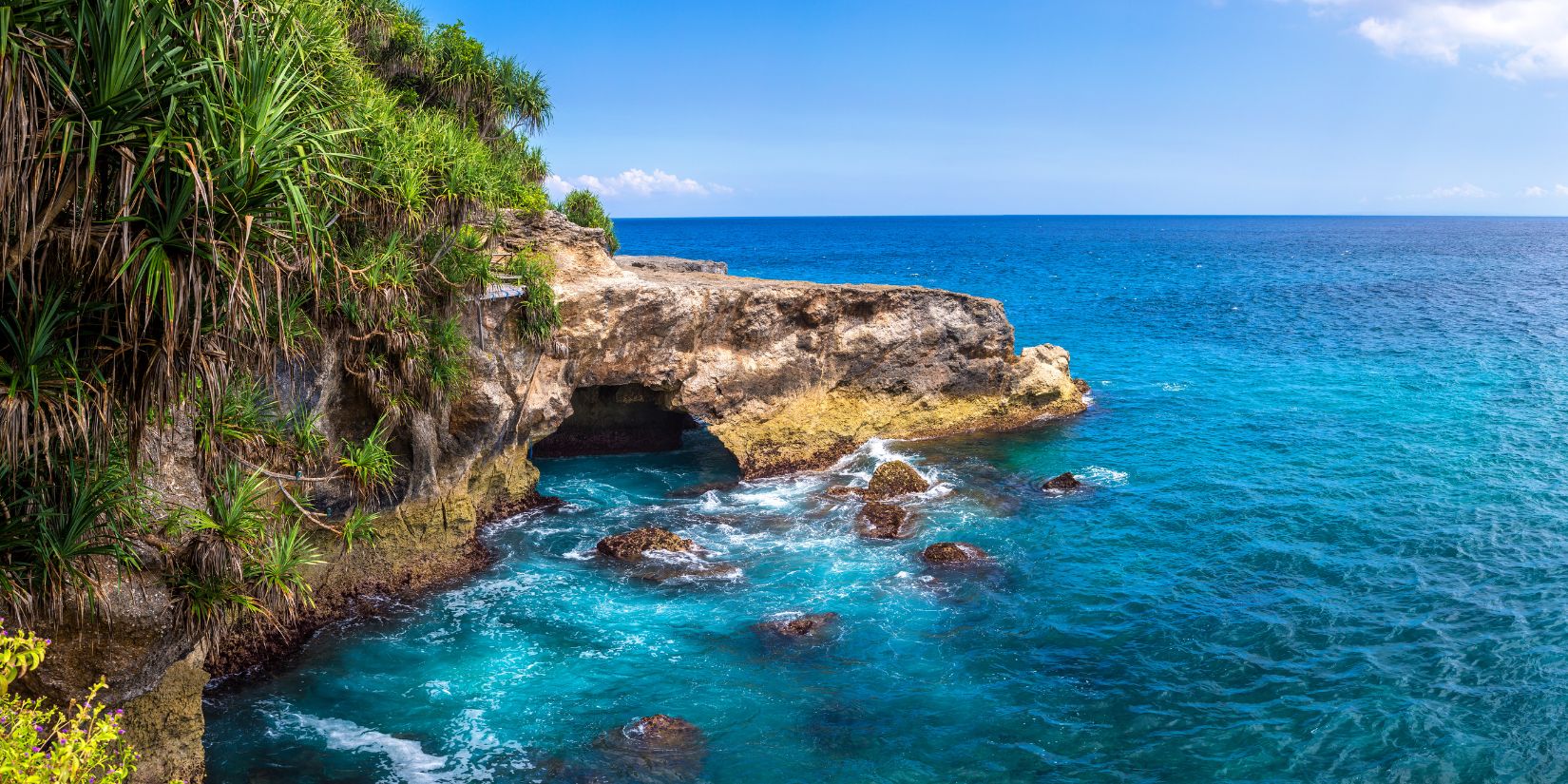
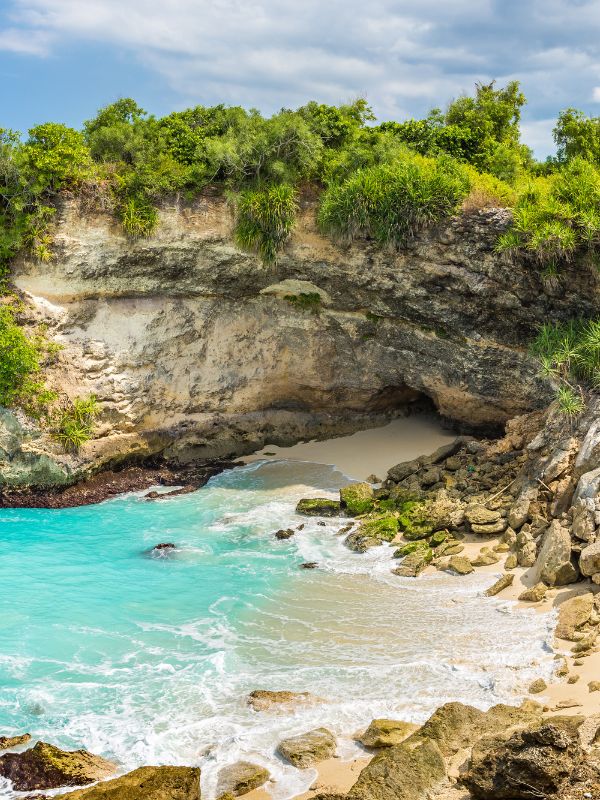
Dive Site
Get ready for a thrilling underwater ride at Ceningan Wall. This location has a 45-meter drop and powerful currents that produce a drift that resembles a rollercoaster. Anticipate constant movement, yellowtail trevally, and eagle rays. Safety regulations are stringent; a 1:4 guide ratio, advanced certifications, and DSMB training are necessary. around the best views, time your dive around slack tide. Remember the “Ceningan Shuffle” to keep things moving.
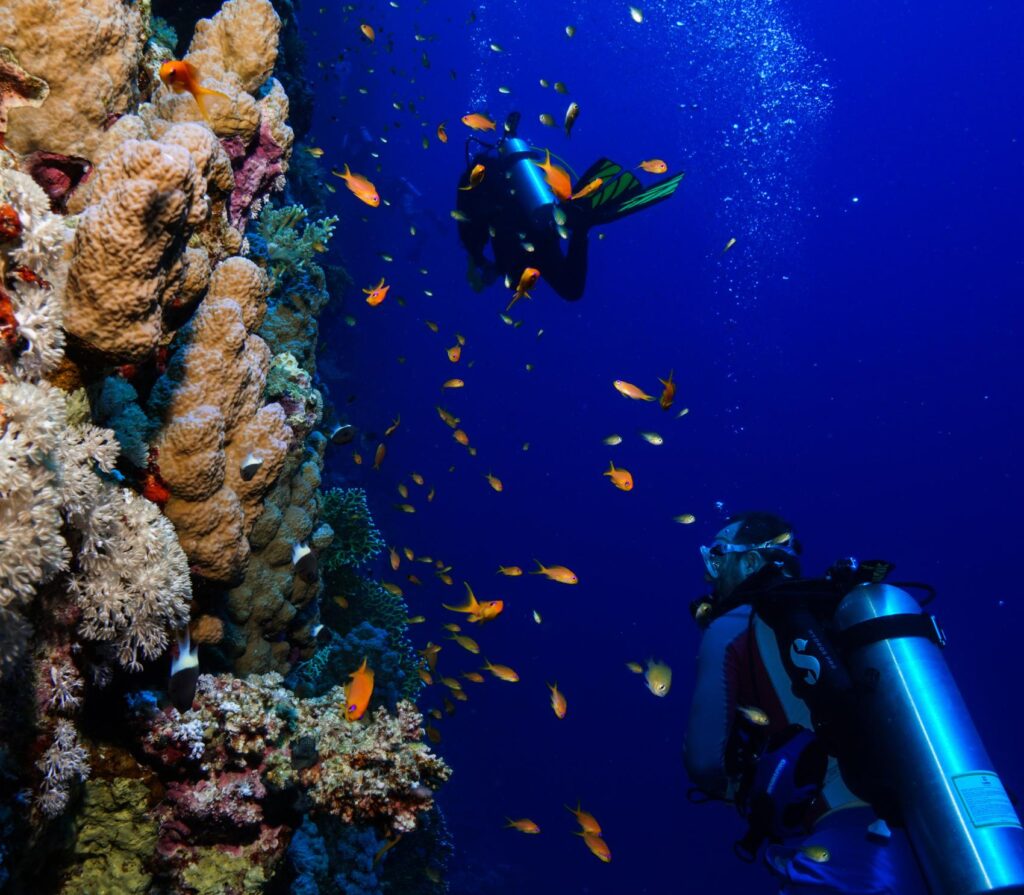

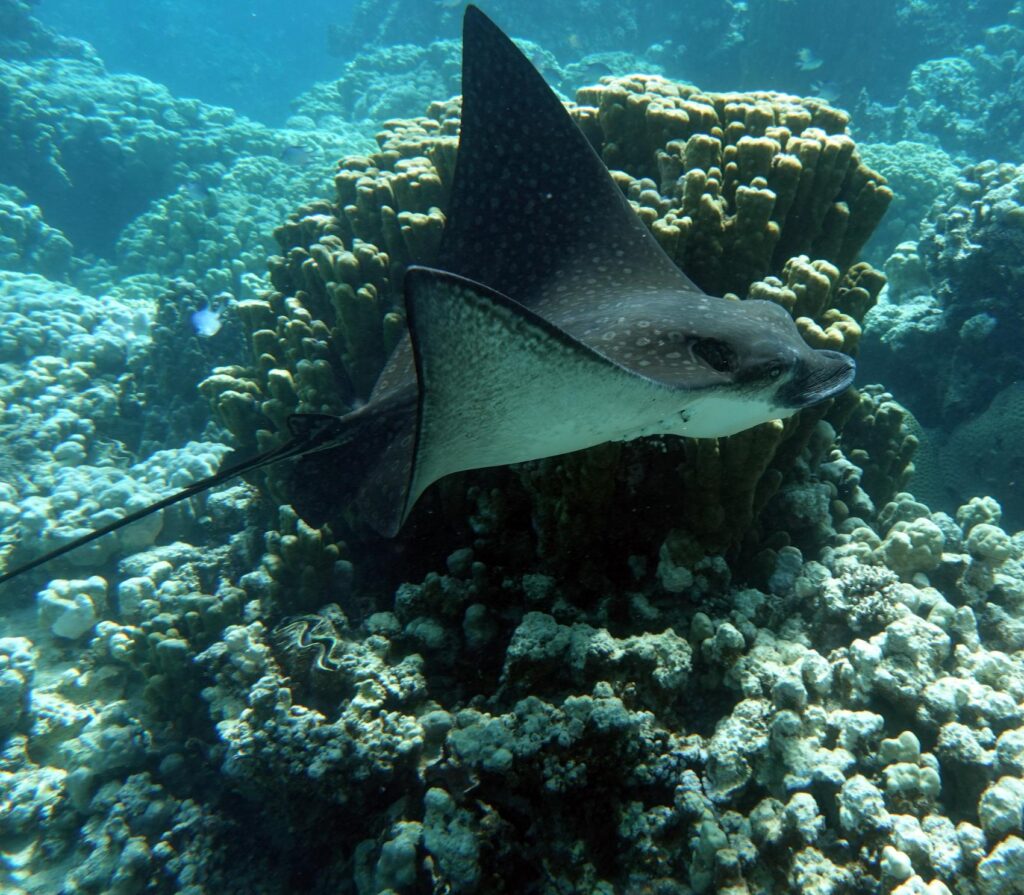
FAQ
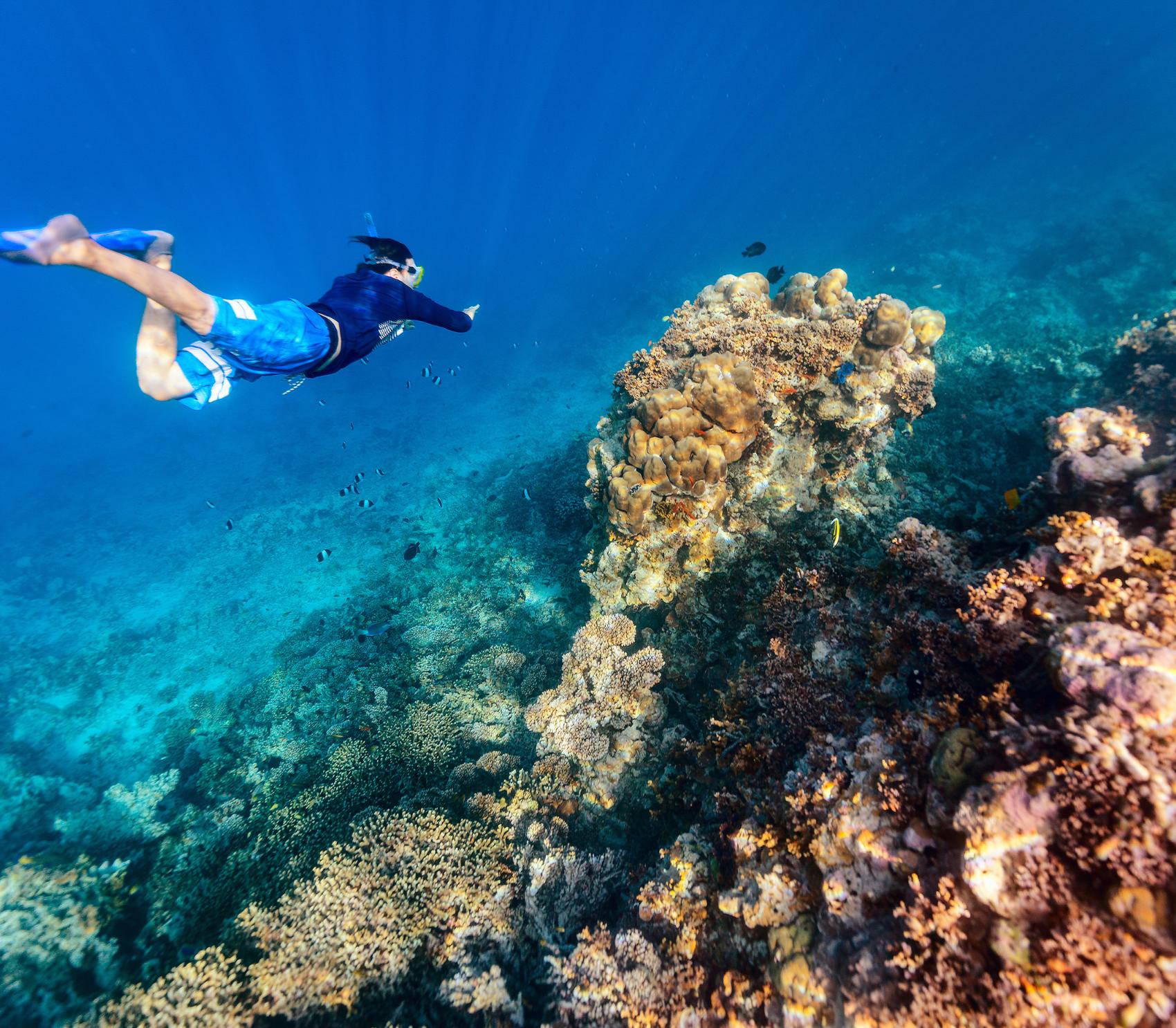
What makes Nusa Penida, Indonesia's primary manta ray diving destination?
Nusa Penida is famous for Manta Point, where over 20 reef mantas can be seen all year. The unique underwater landscape here creates currents that attract these gentle giants. All 4 Diving Indonesia’s guides have a 90% success rate in spotting mantas, thanks to their 2,400+ dives.
When is the optimal time for diving Nusa Penida's signature sites?
The best time to dive is April-October, when visibility reaches 30m+. During this time, you’ll see more marine life due to thermocline variations. You can dive year-round, adapting to the currents for consistent manta sightings.
What unique species can I photograph at lesser-known sites like Batu Meling?
Batu Meling’s night dives are home to bioluminescent comb jellies and cryptic wobbegong sharks. Toyapakeh’s coral bommies are where you can find pygmy seahorses. For 400K IDR, upgrade your third dive to explore these spots with experienced marine biologist guides.
Can I dive in Sumbawa after diving in Nusa Penida, Bali?
Yes, you definitely can! After exploring the dramatic walls and manta rays of Nusa Penida, many divers head east to Sumbawa for a quieter, more remote experience. Sumbawa offers stunning dive sites like Hot Rocks, Angel Reef, and Saleh Bay, each with unique marine life and underwater landscapes. Travel is simple—just fly from Bali to Bima or Sumbawa Besar, then continue by car or boat to your dive resort. It’s a great way to see two very different sides of Indonesia’s underwater world in one trip.
It’s a surf place with lessons, gear, yoga, and cozy places to stay.
Start your Sumbawa diving journey at Mocean Beach Resort, where luxury meets the sea. It’s just minutes from West Sumbawa’s secret reefs. This eco-friendly retreat gives you direct access to places like Magnet Point. From June to September, the best time to dive, you can see hammerhead sharks. SSI-certified guides will match your skill level. You can dive in Gili Gede’s coral tunnels or explore Gili Poh’s rich muck habitats.
After diving, relax in air-conditioned villas with views of the Flores Sea. Marine biologists will show you underwater footage from your dives. You can learn about reef conservation or spot rare sea creatures while enjoying Sasak coffee. For breaks, kayak through mangrove forests or go on a fishing trip with the Desa Seri villagers. Mocean makes getting there easy with transfers from Bali and Lombok. We even offer fast-boat rides from Padang Bai. The resort uses solar power and reef-safe sunscreen. Visit during the dry season (April–November) for the clearest views of Sumbawa’s underwater world.
